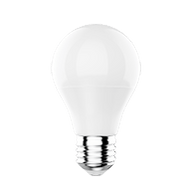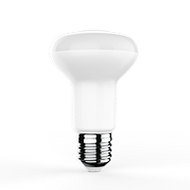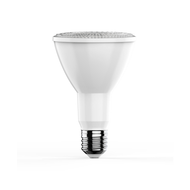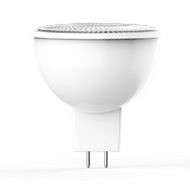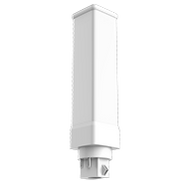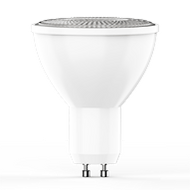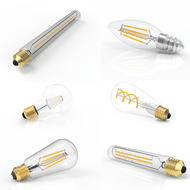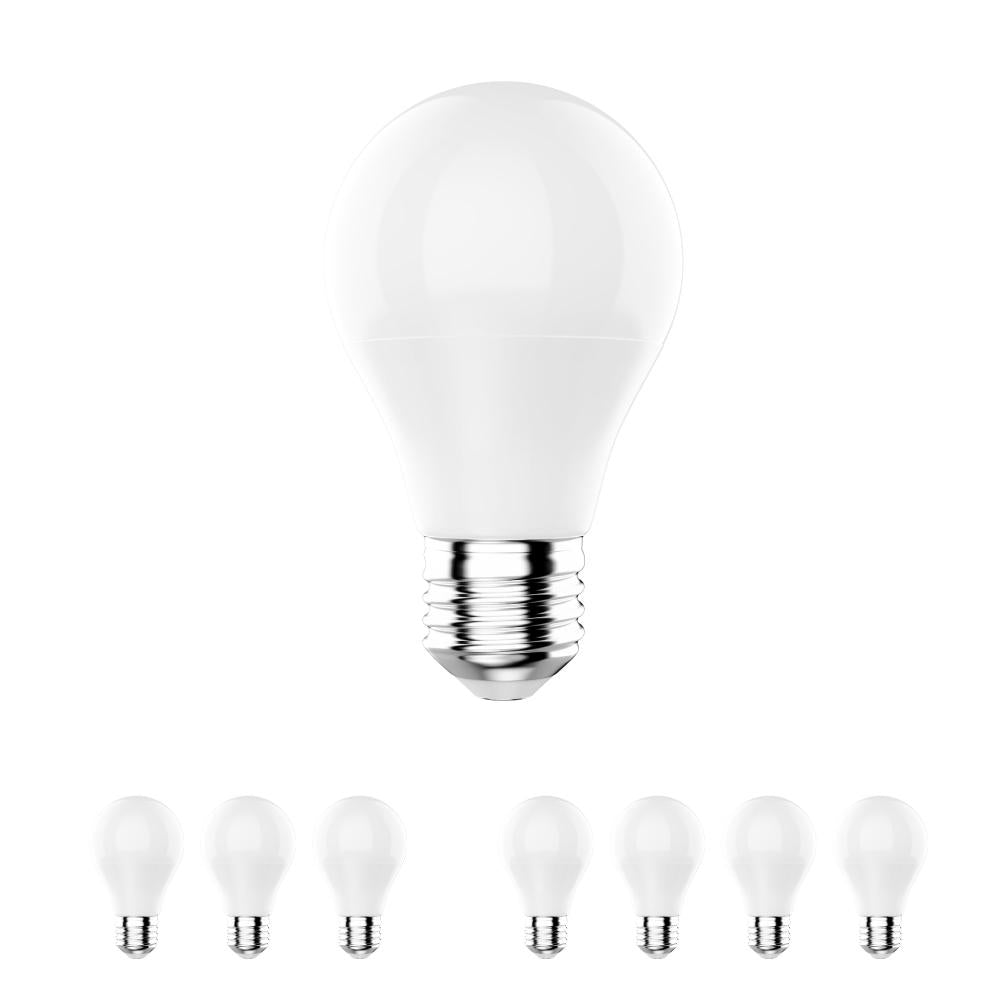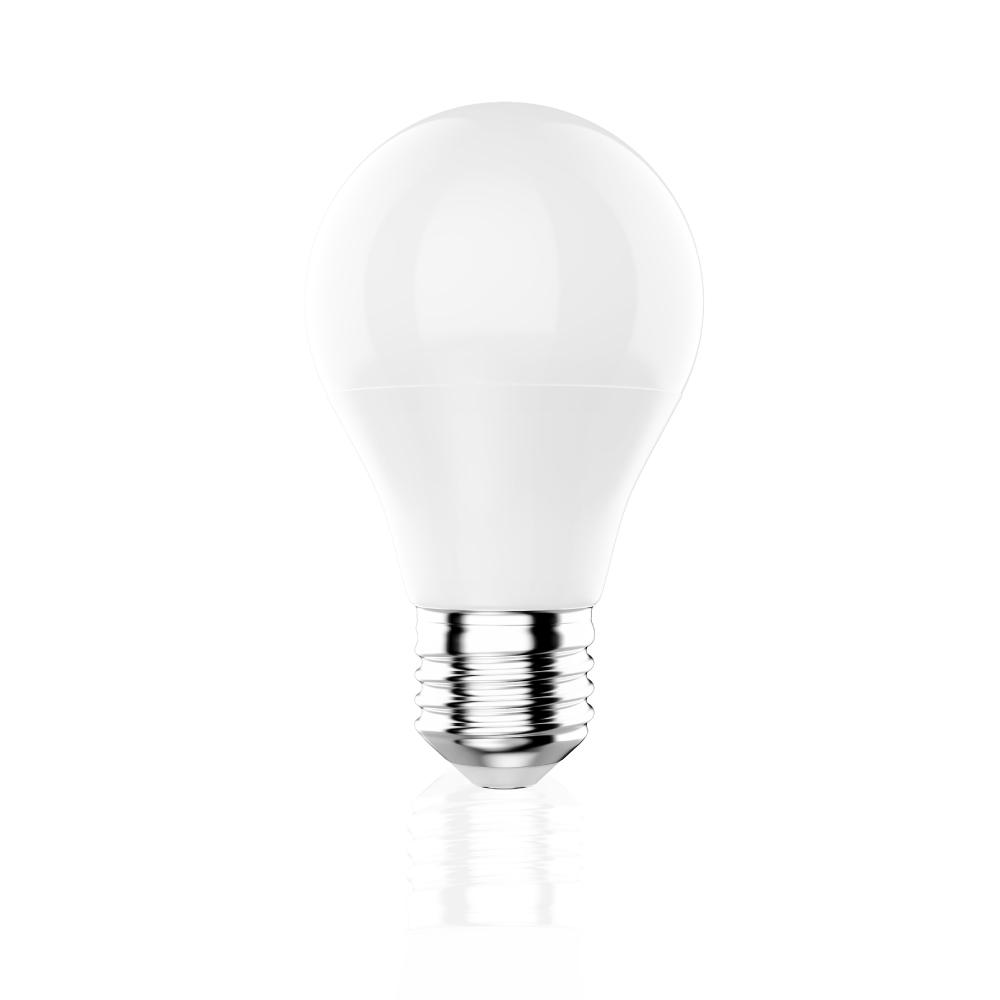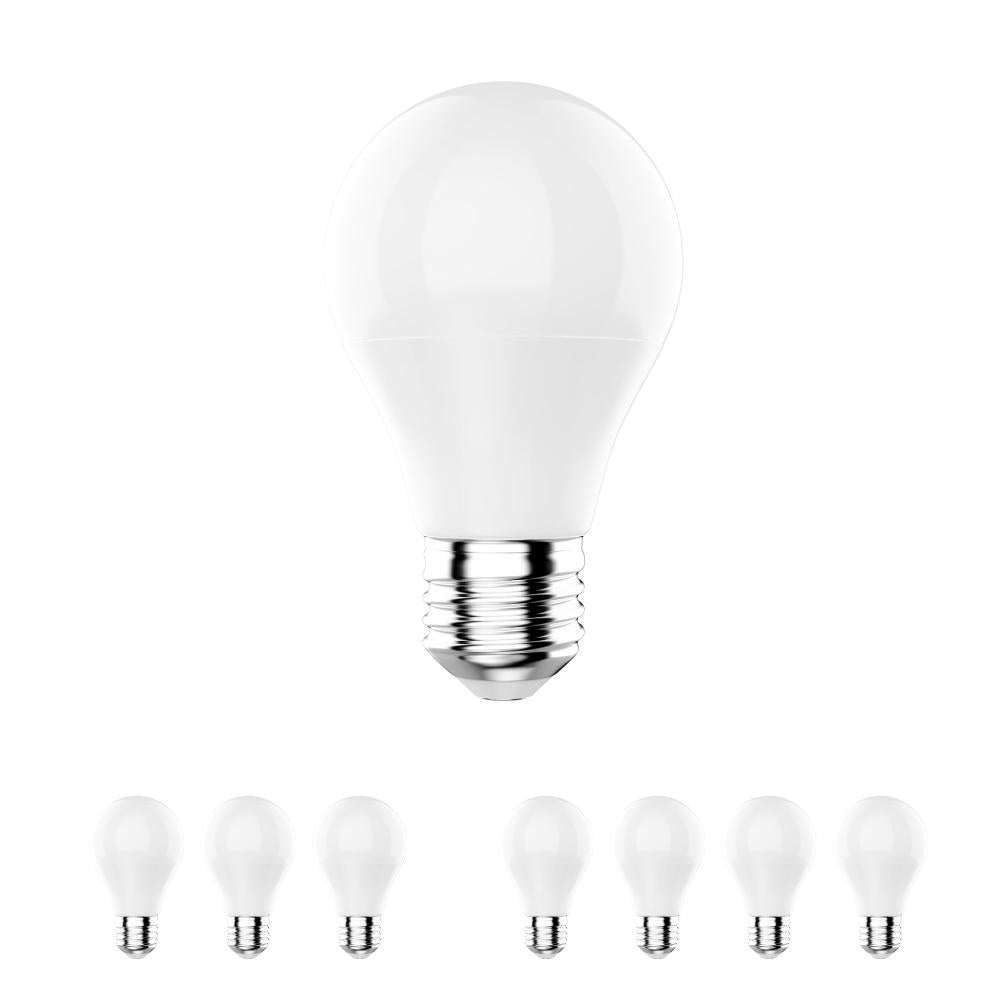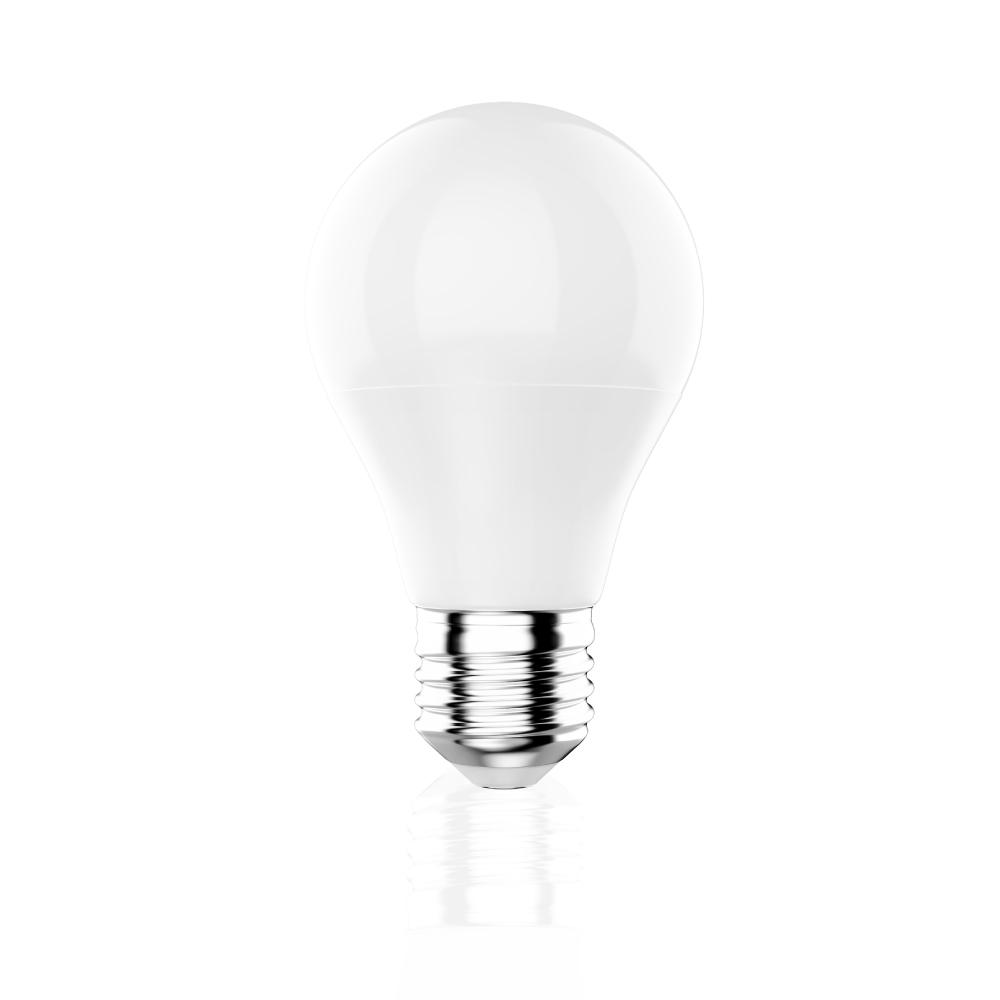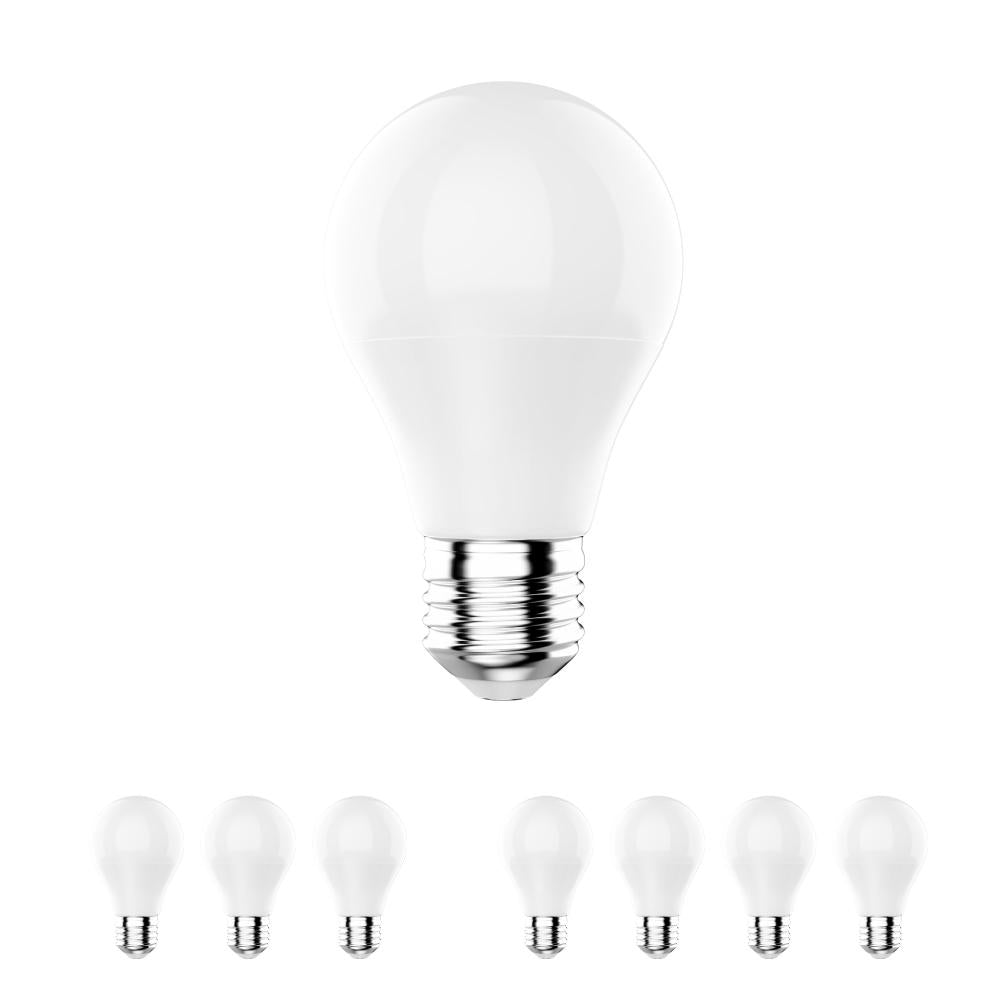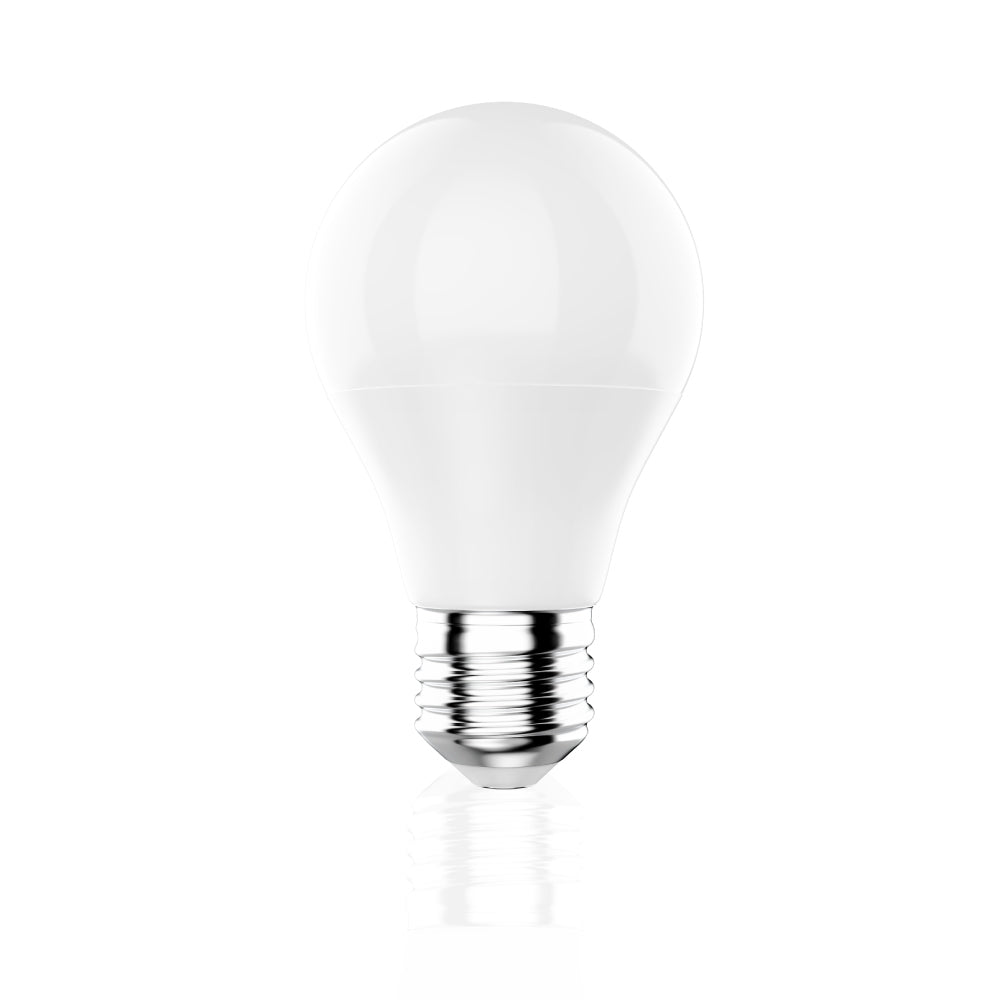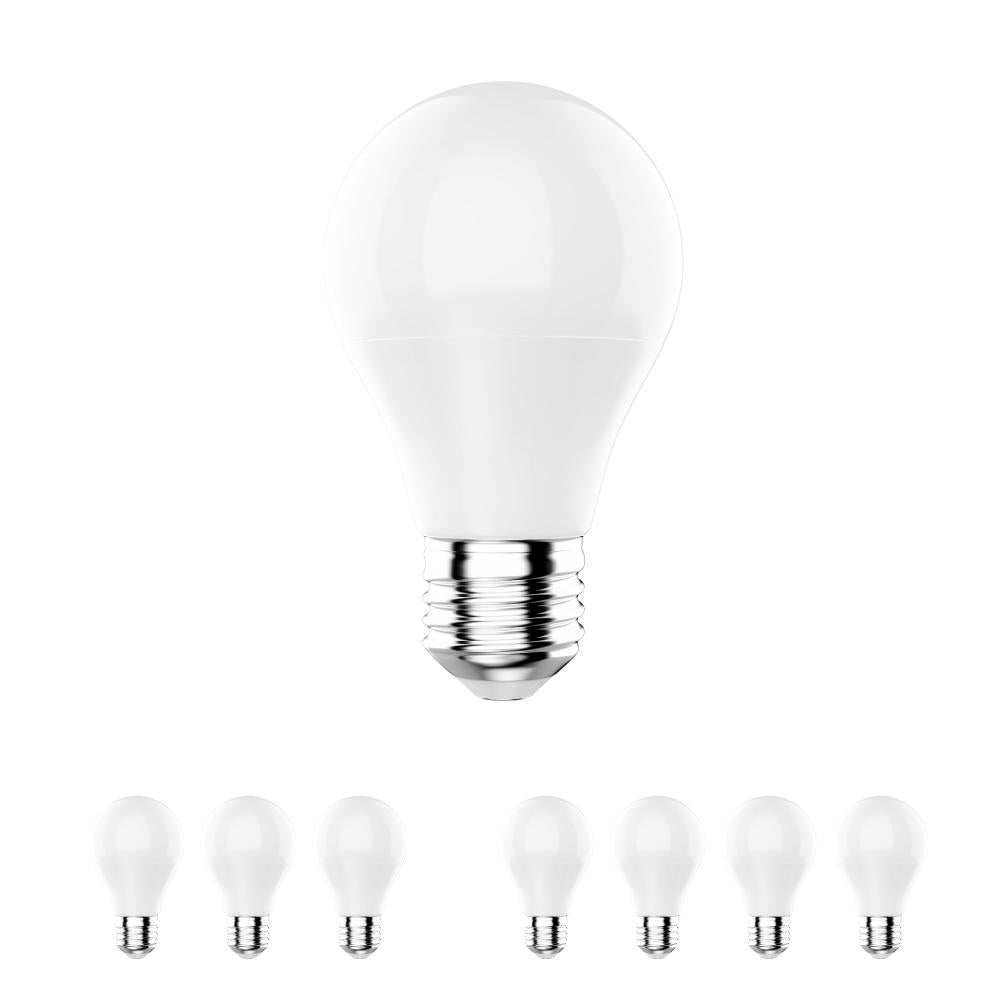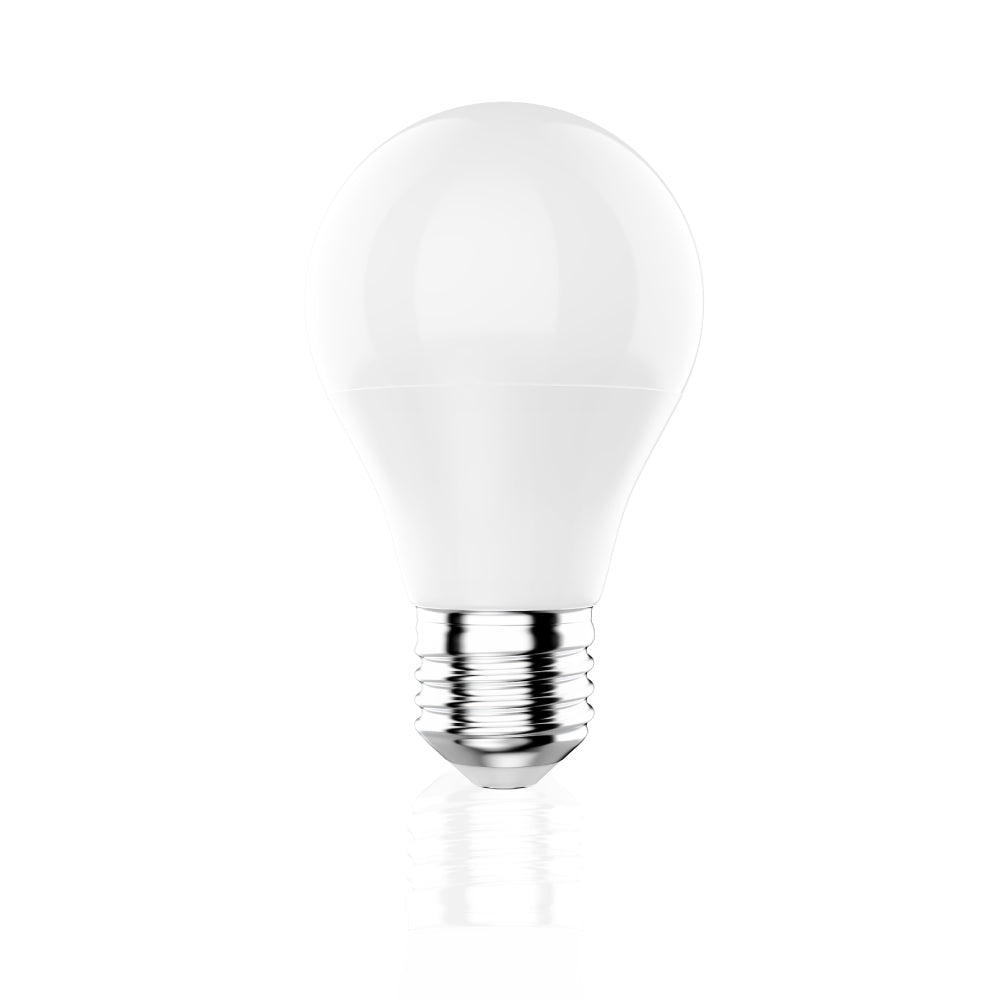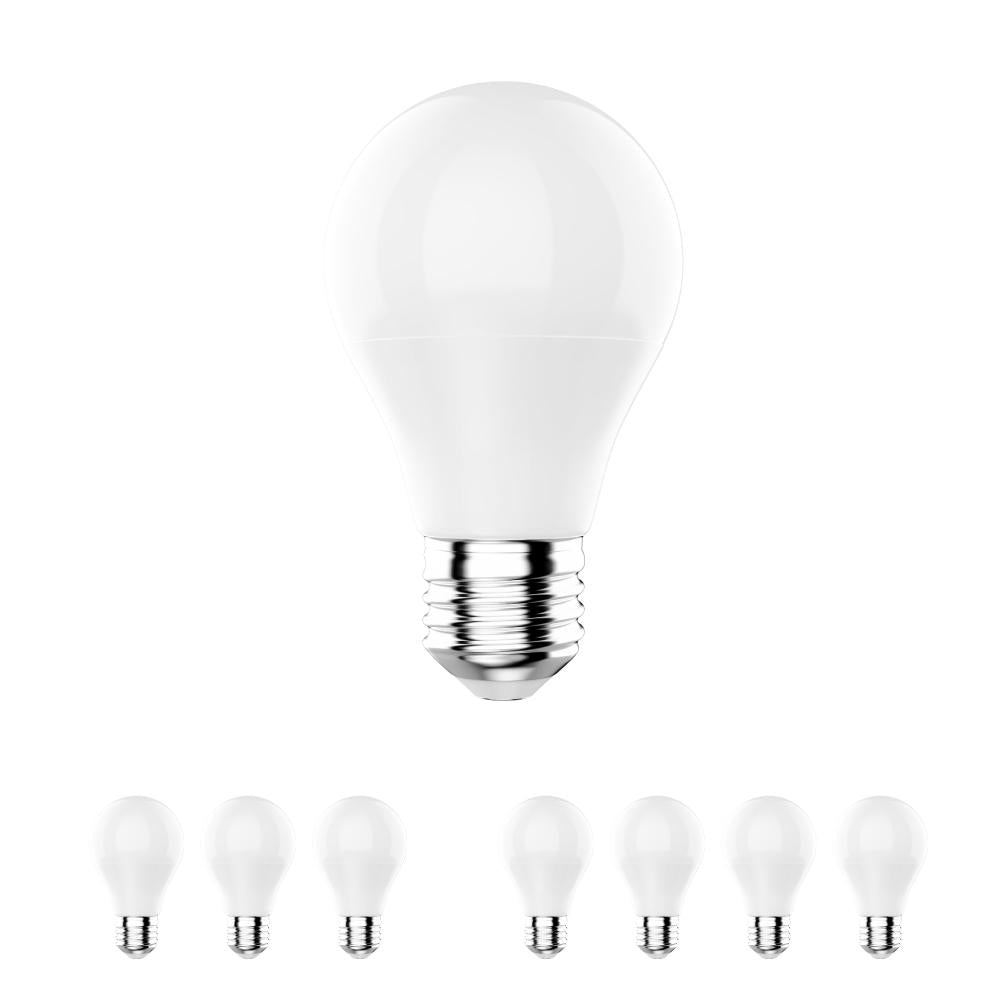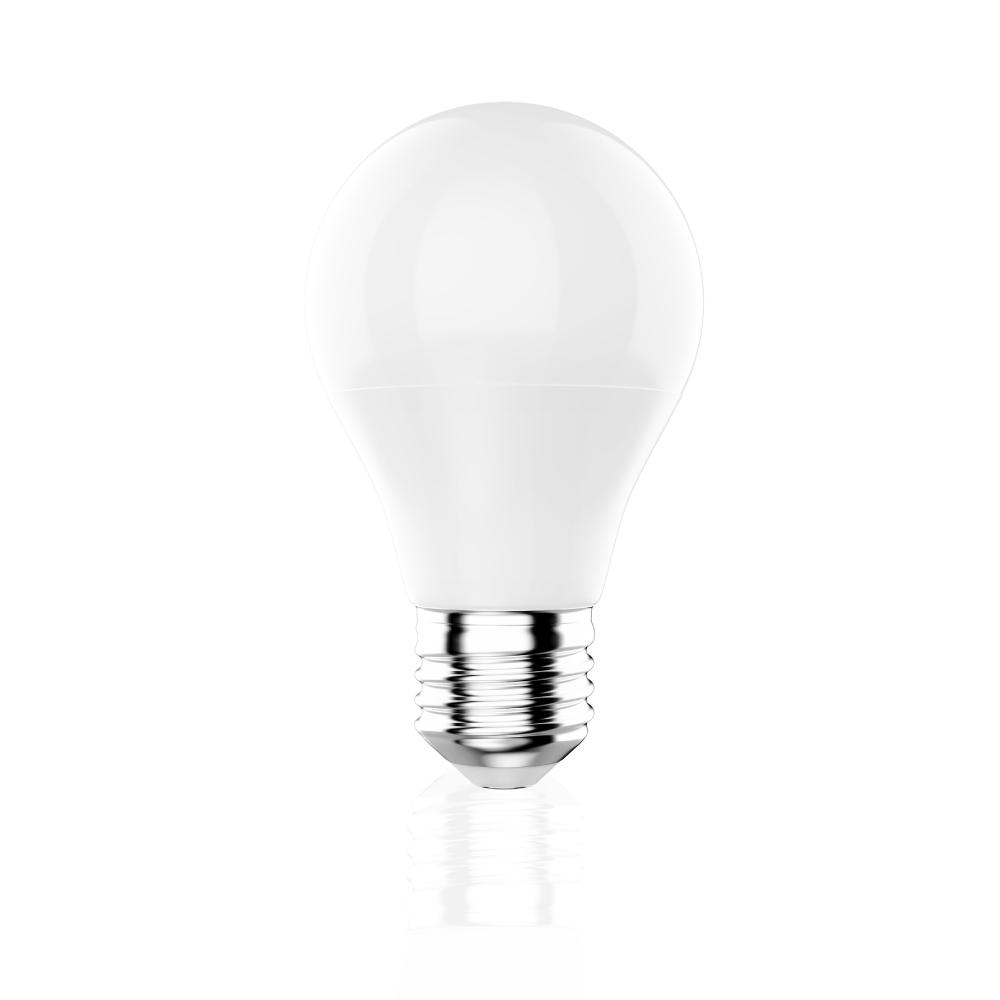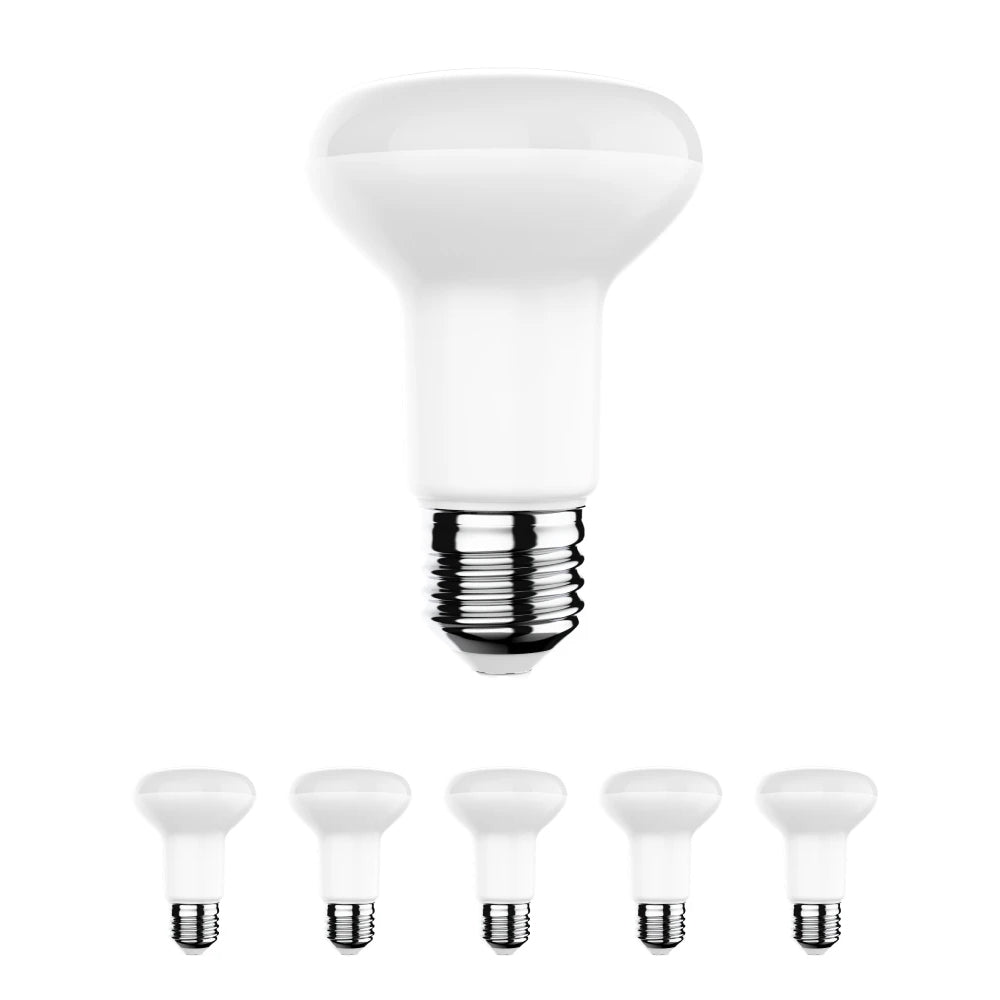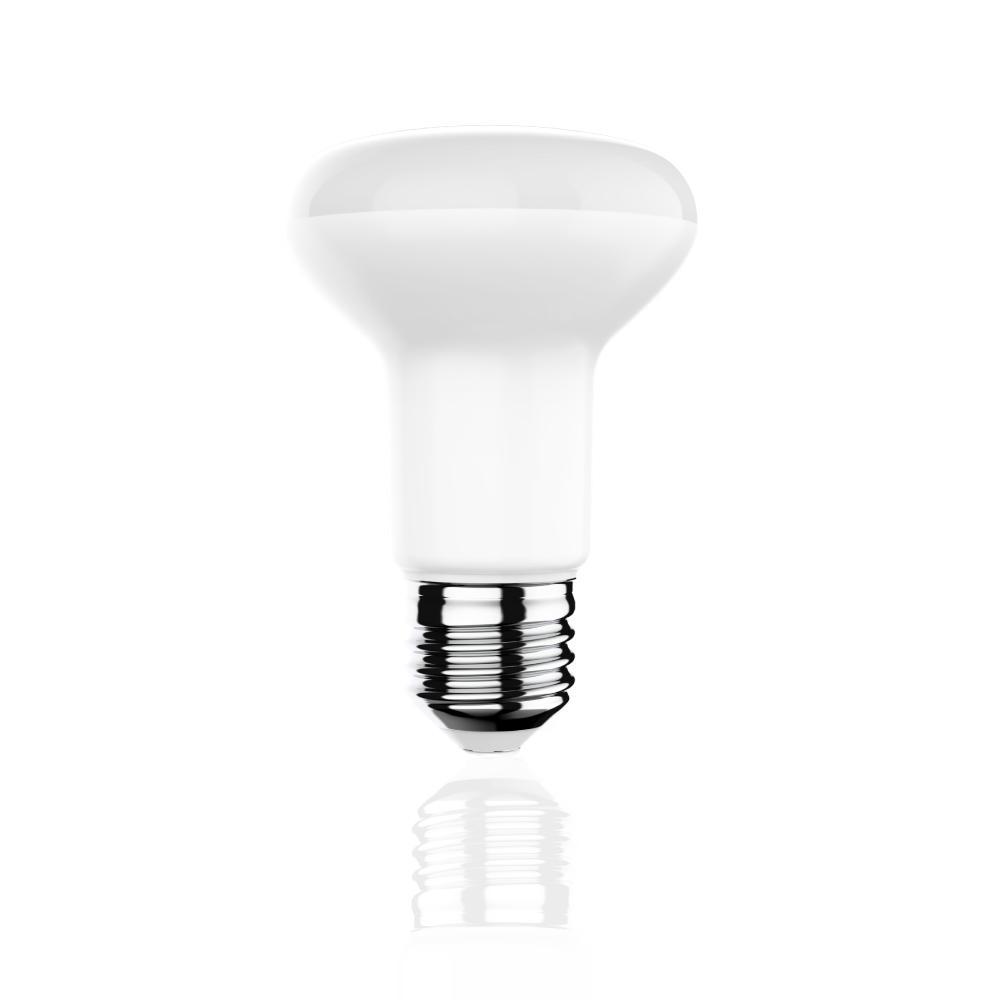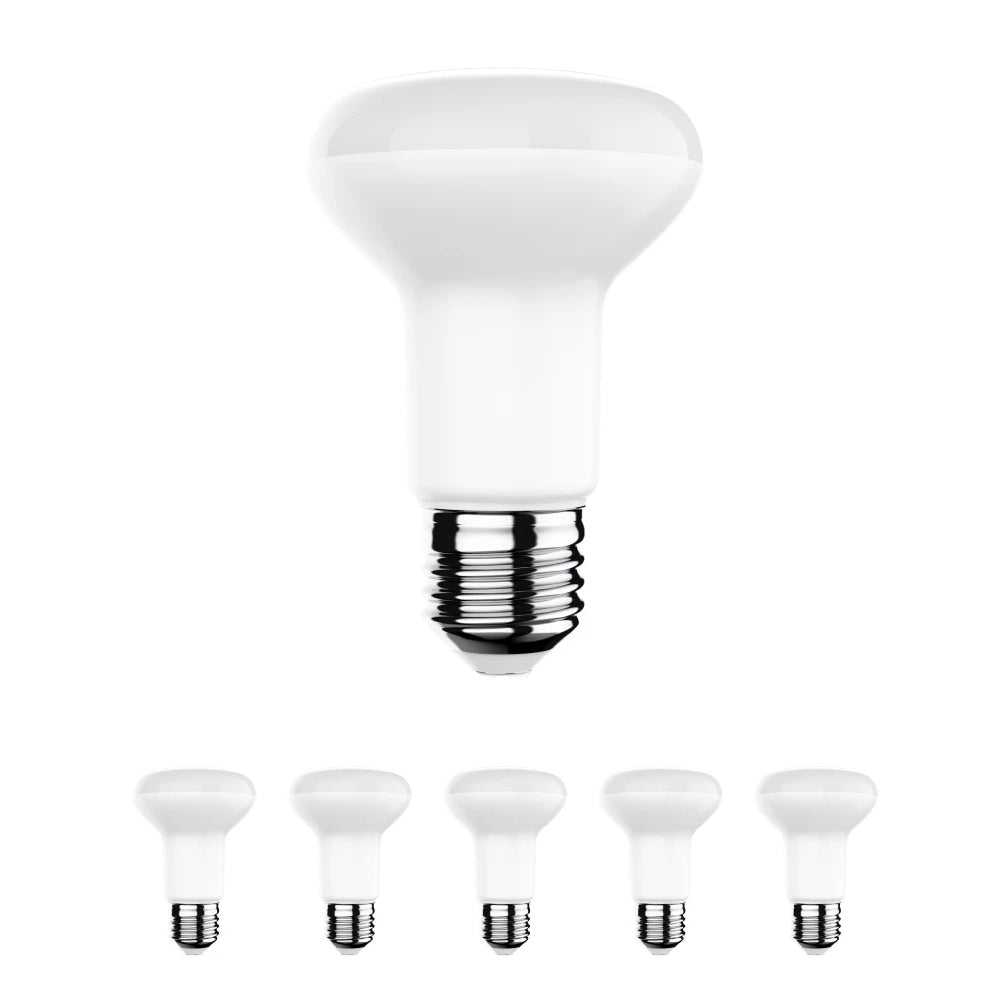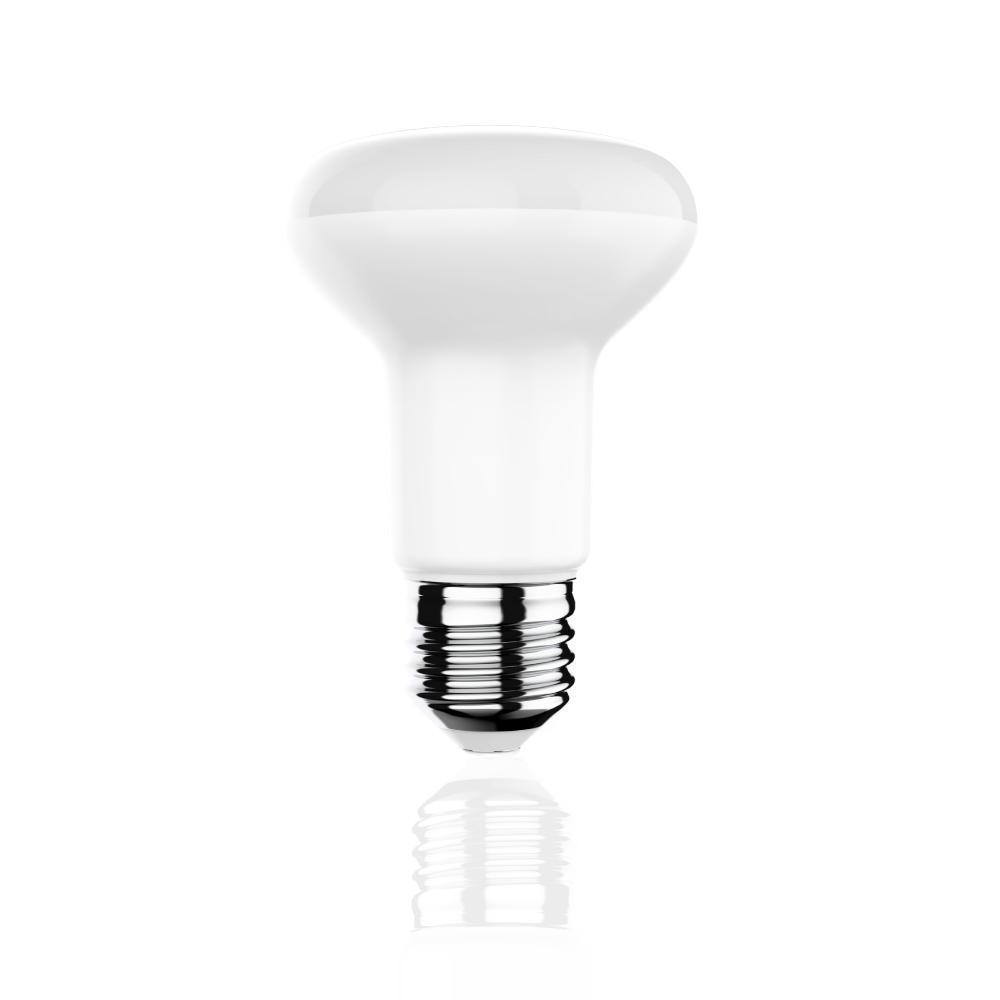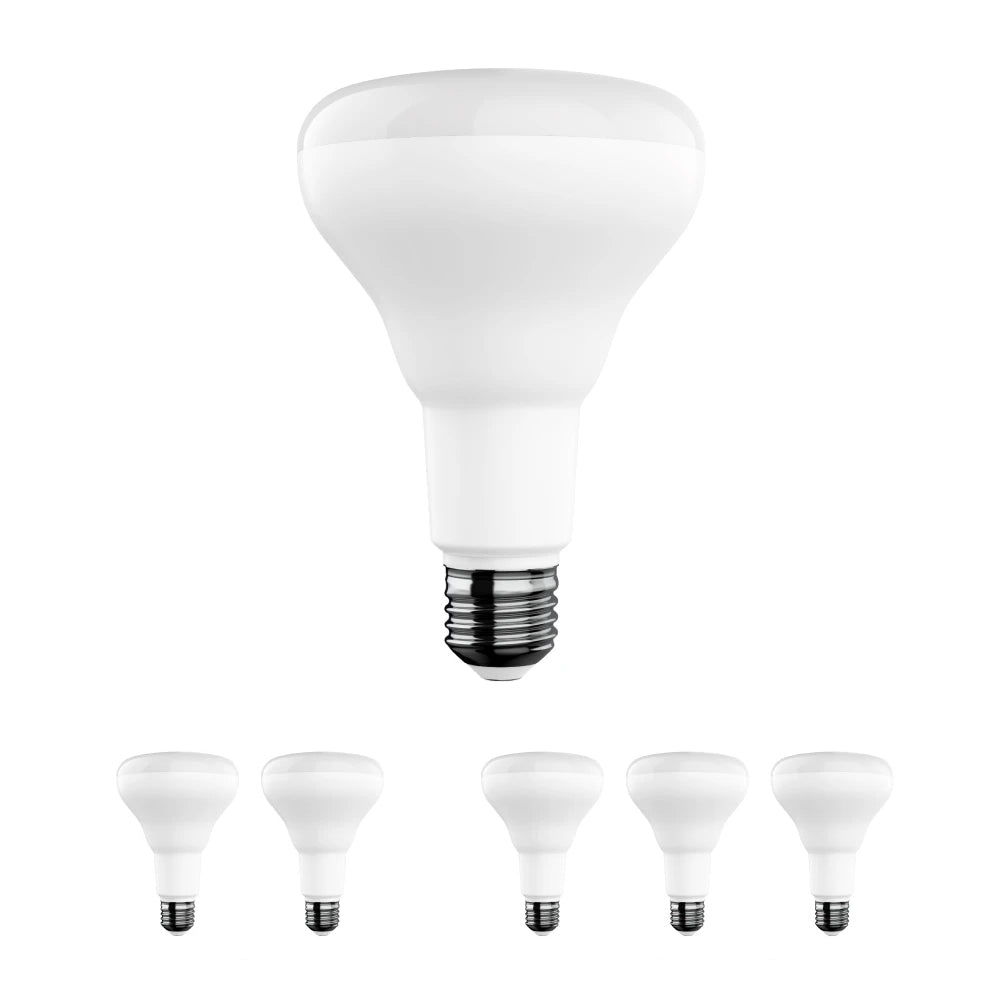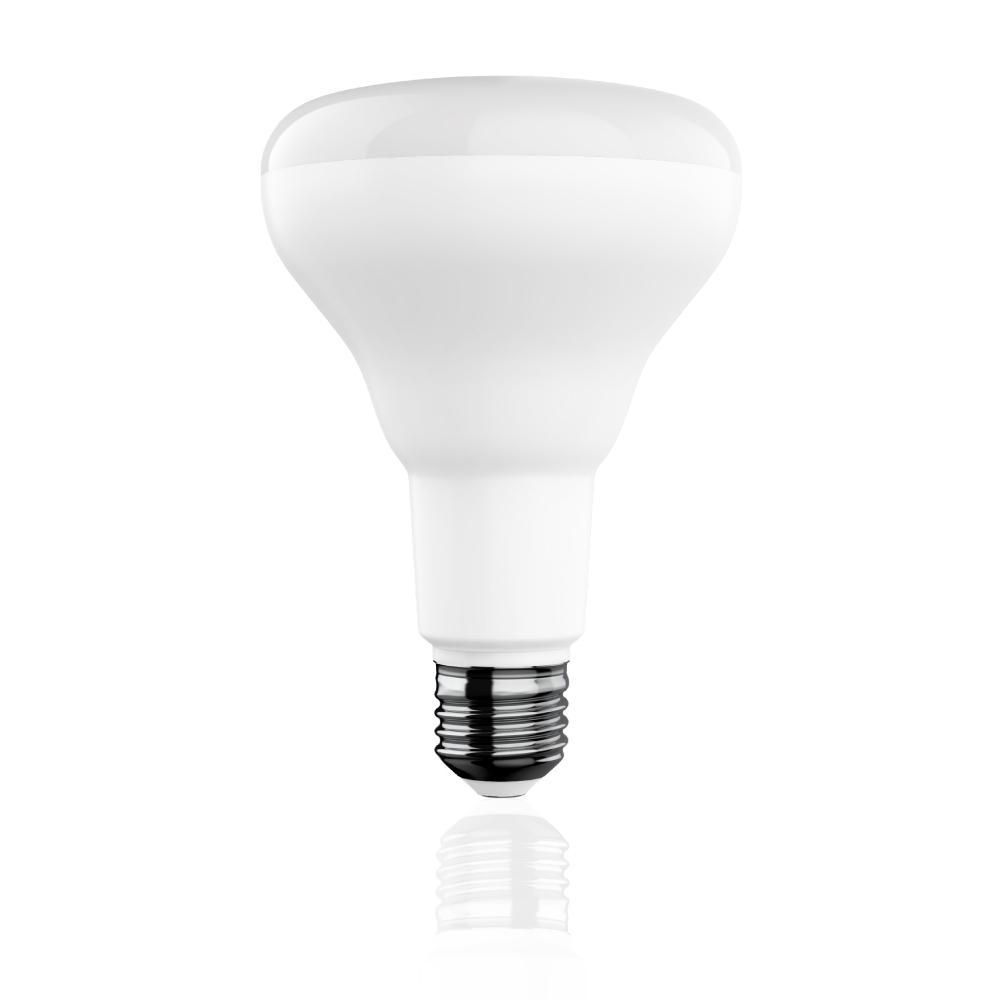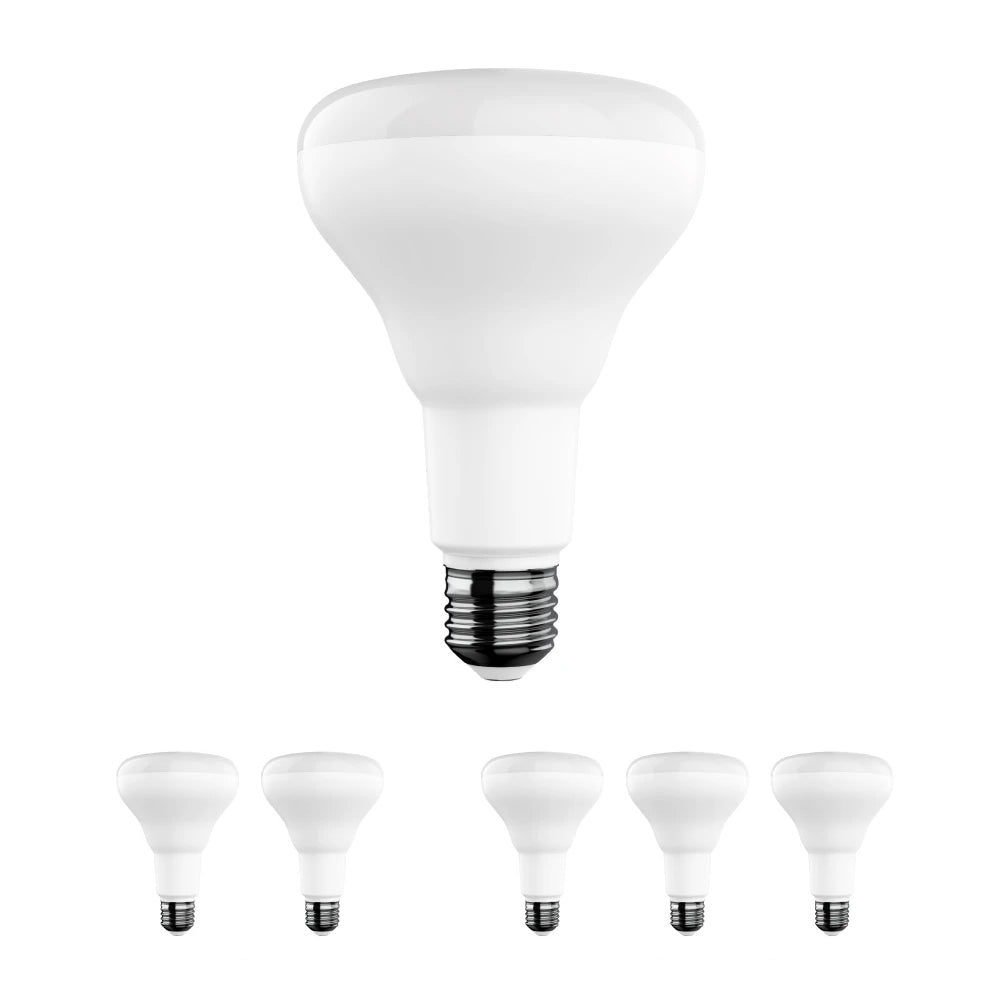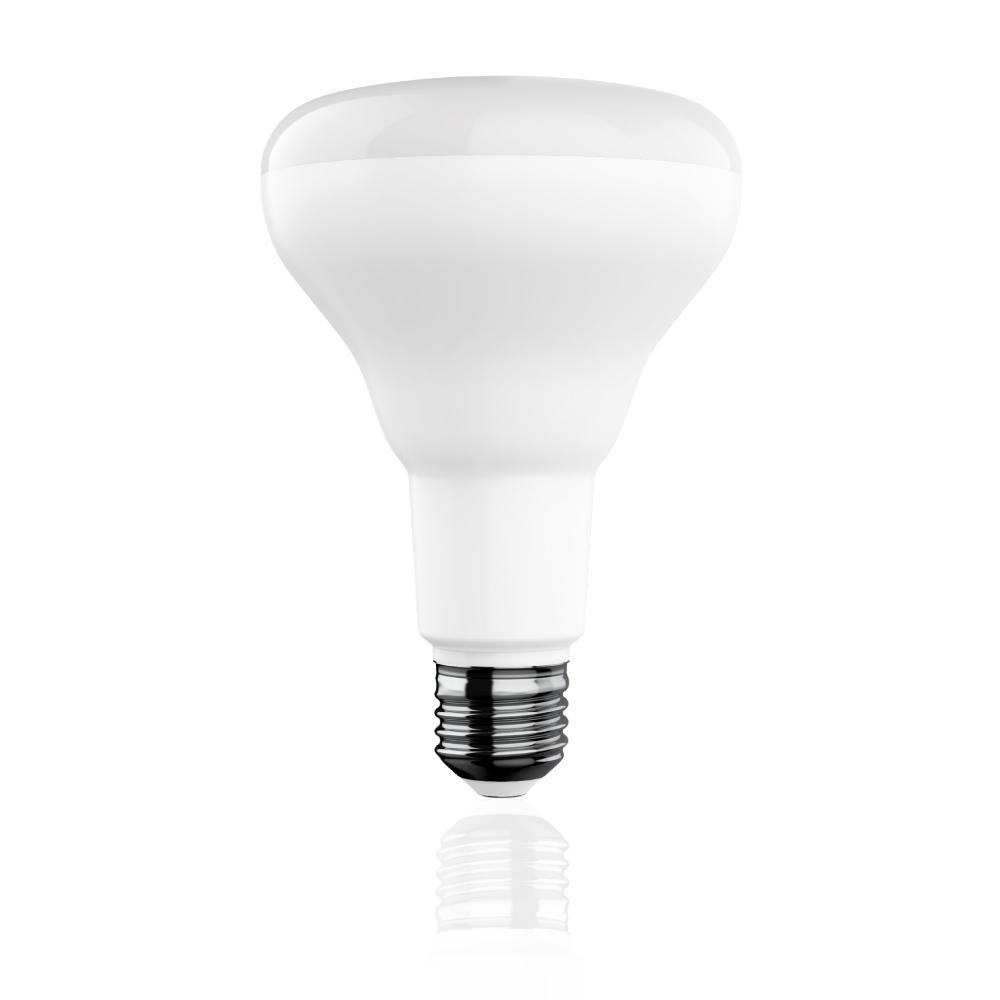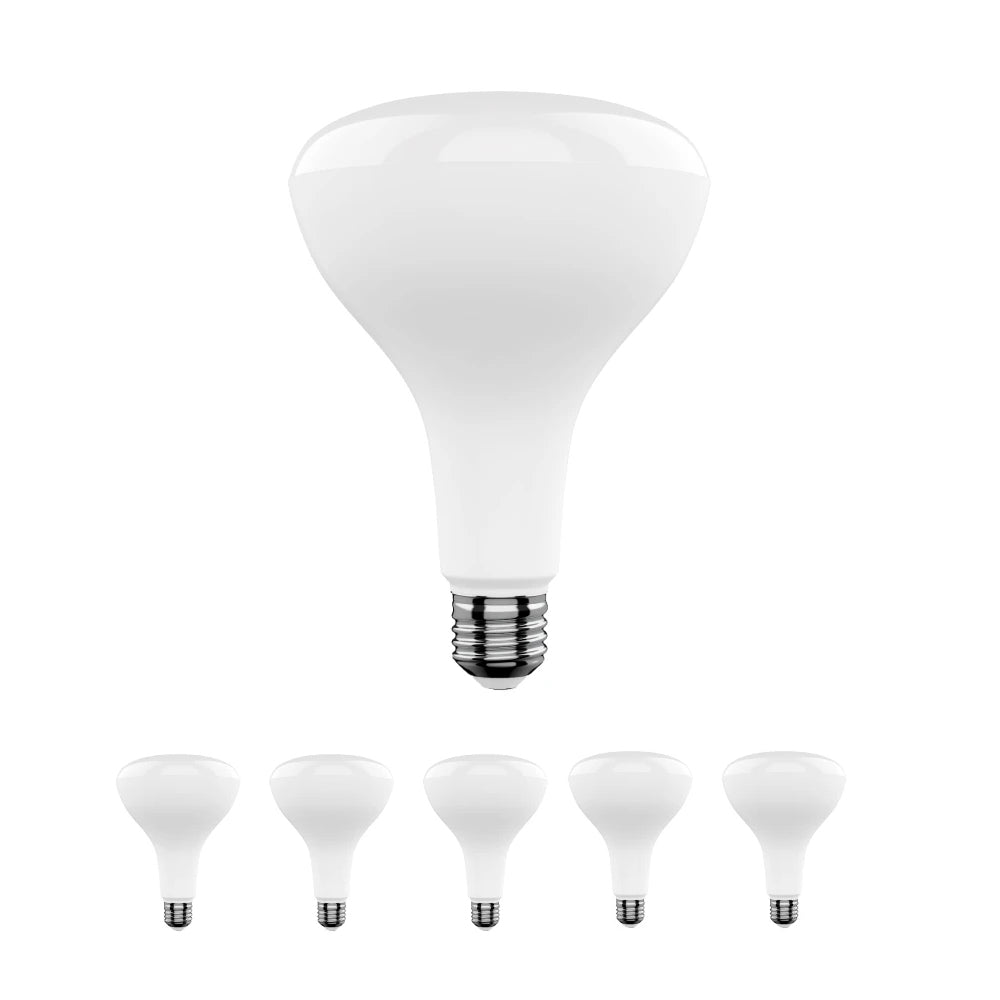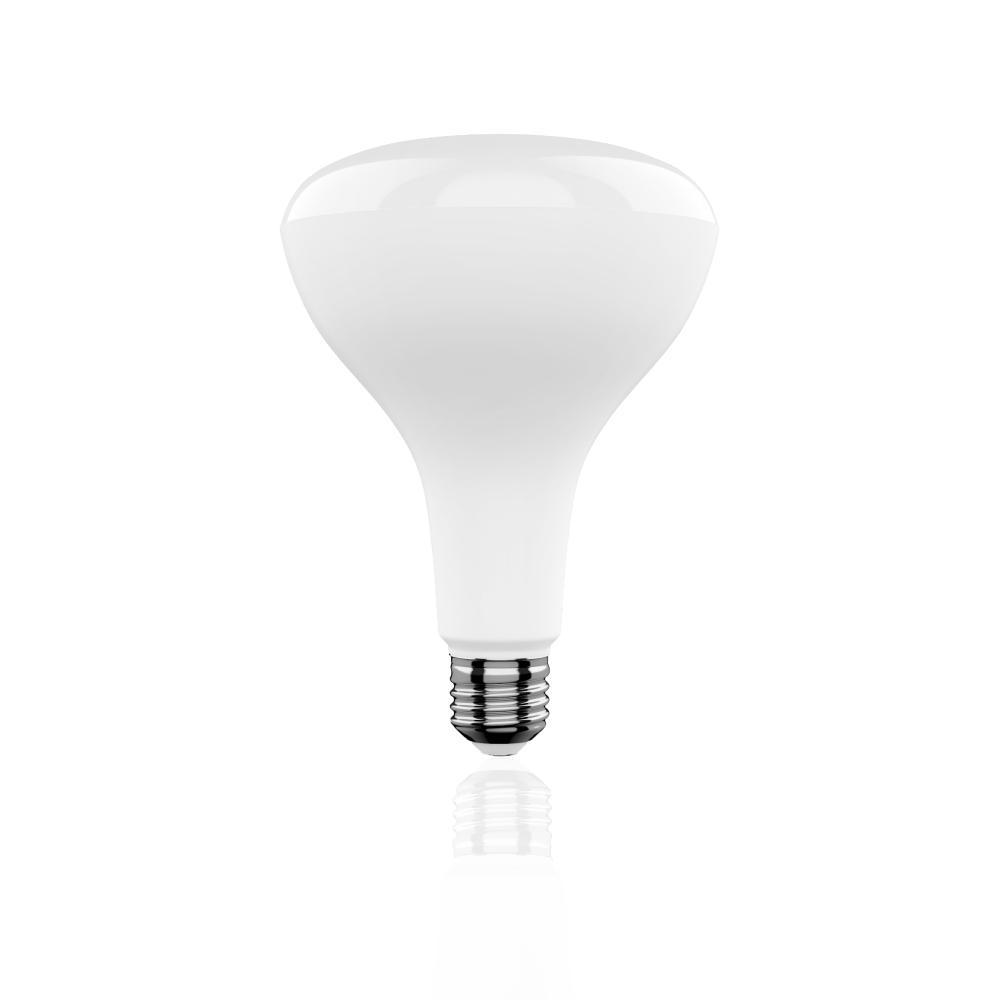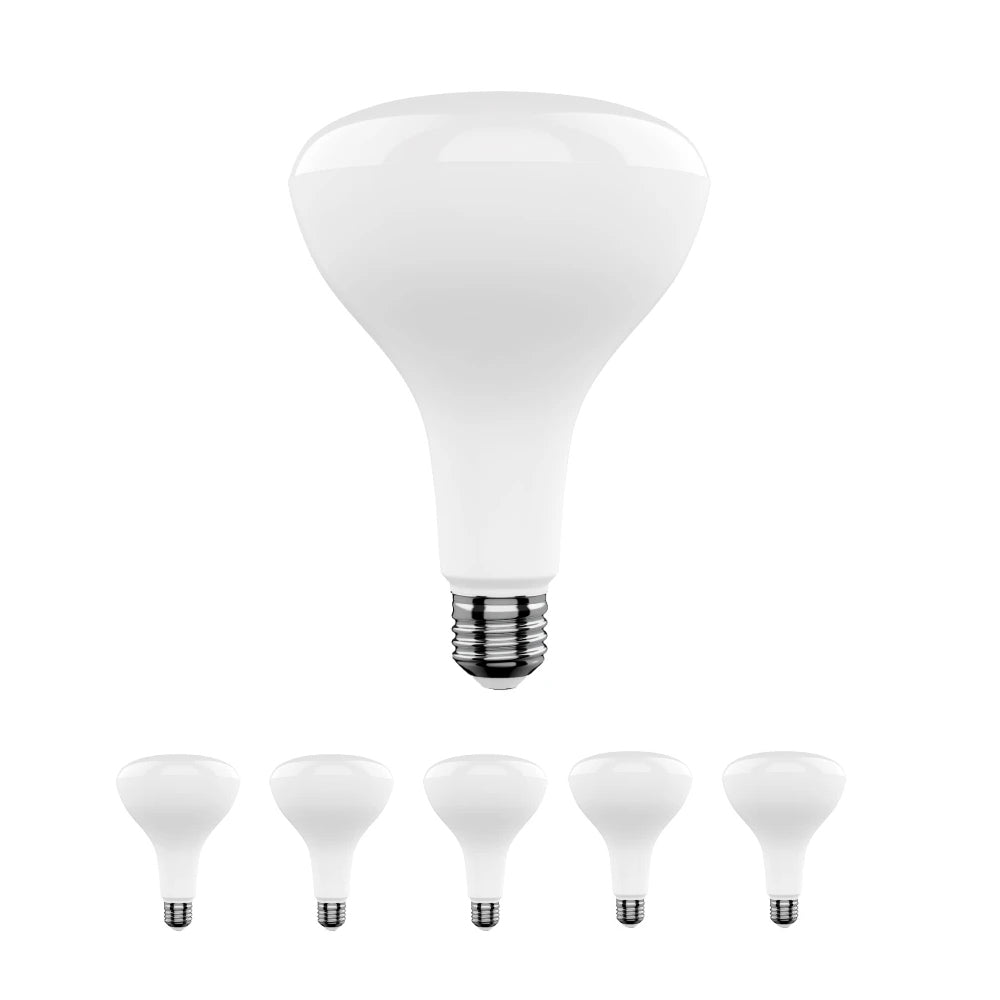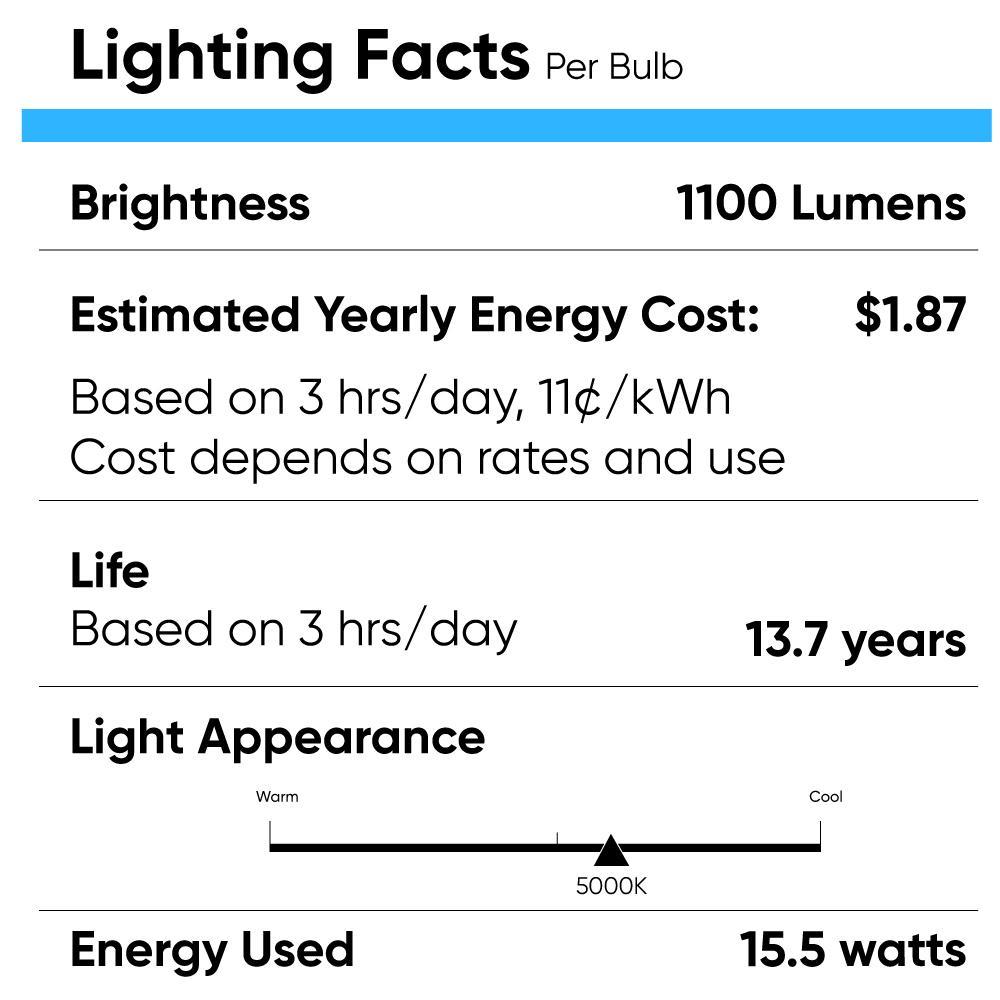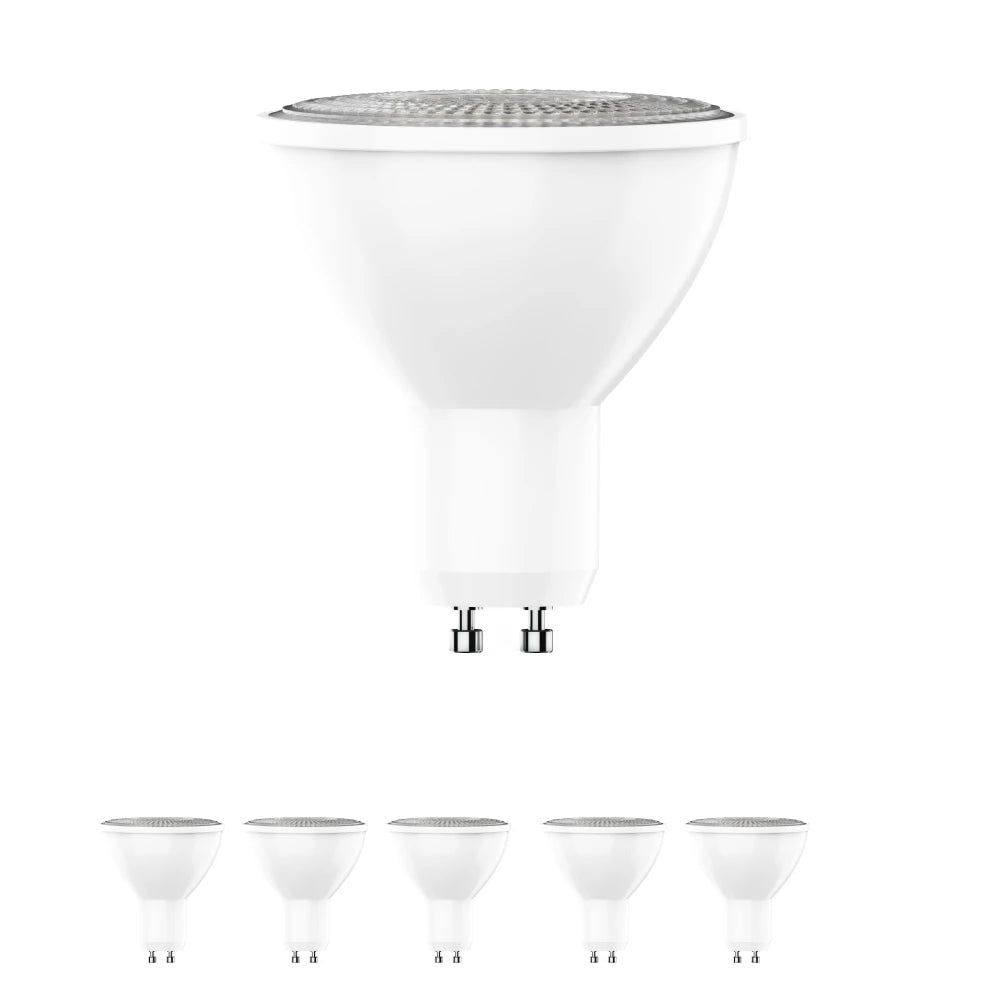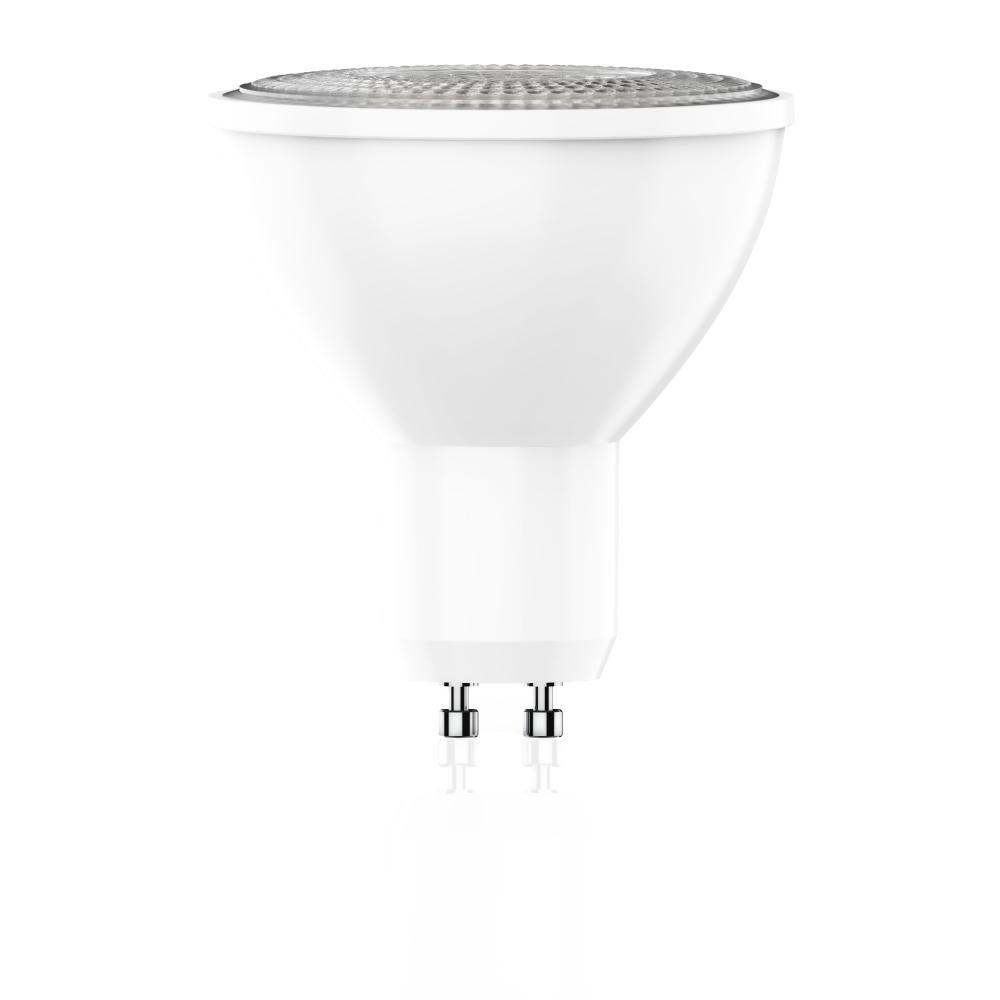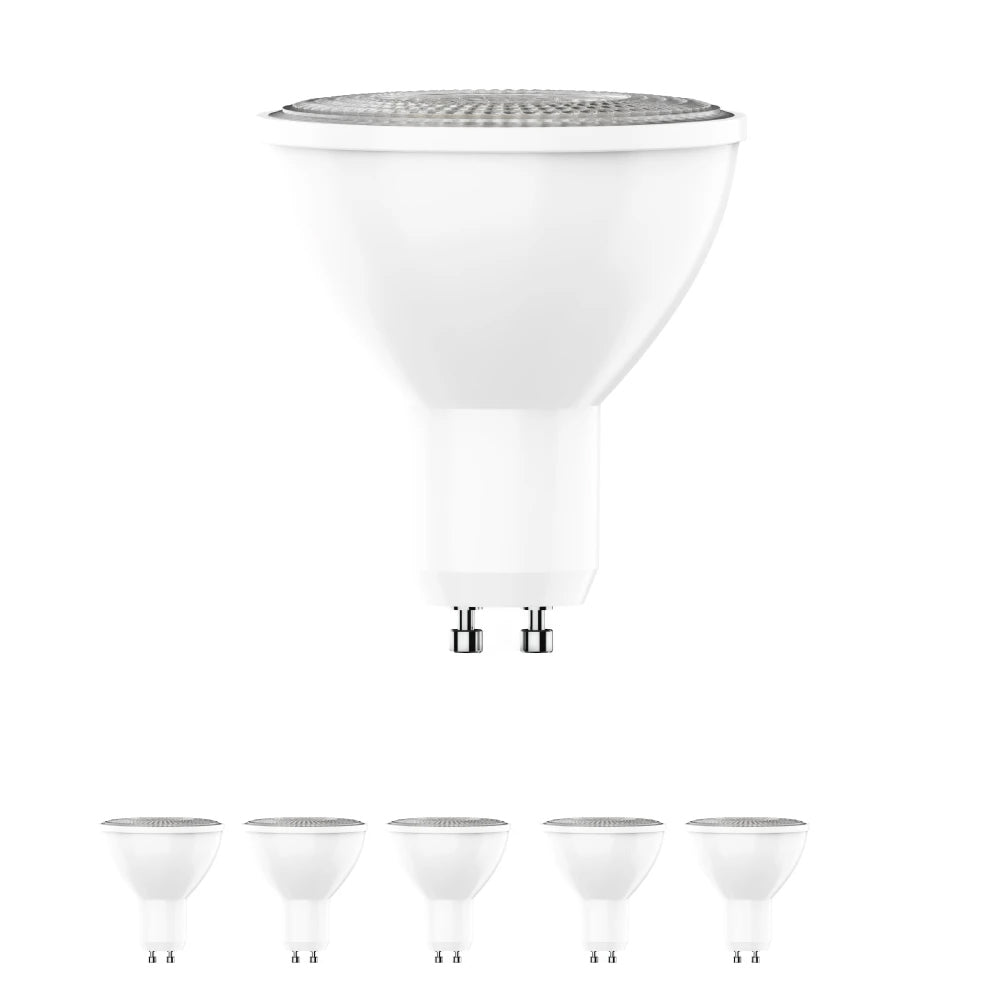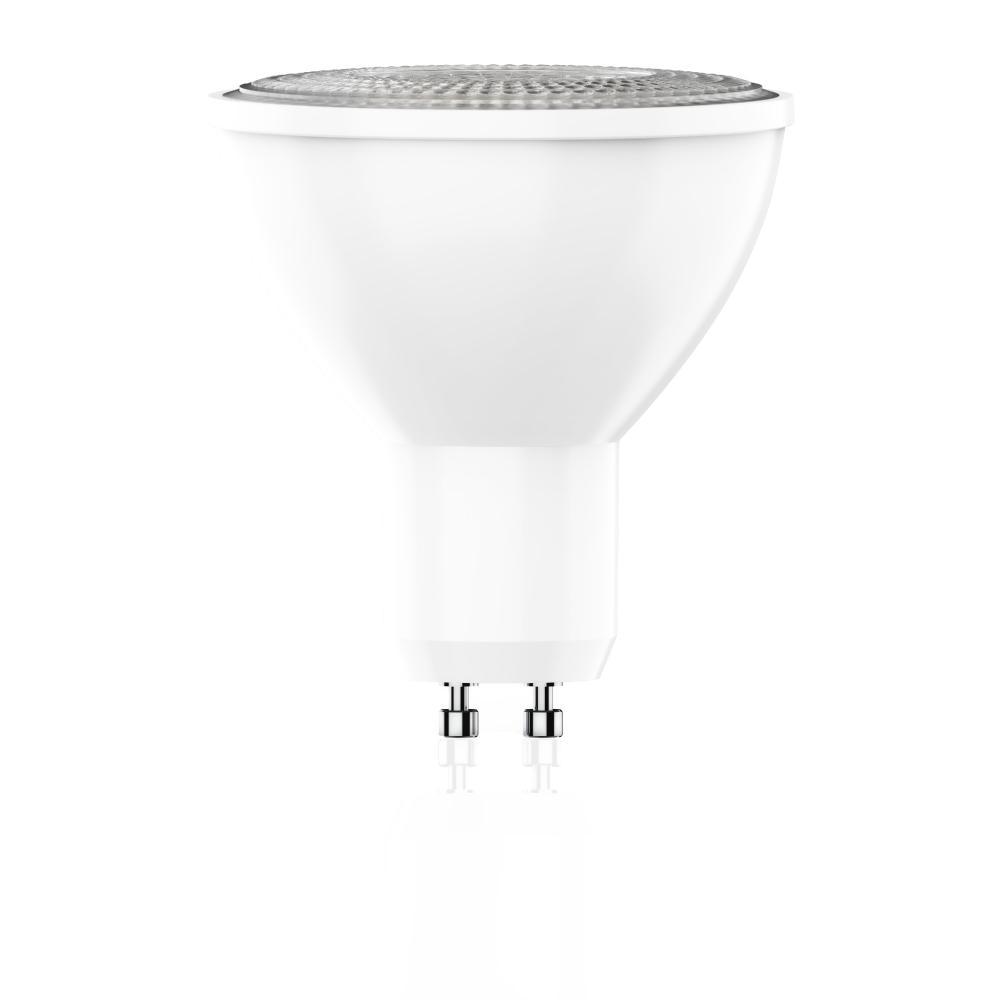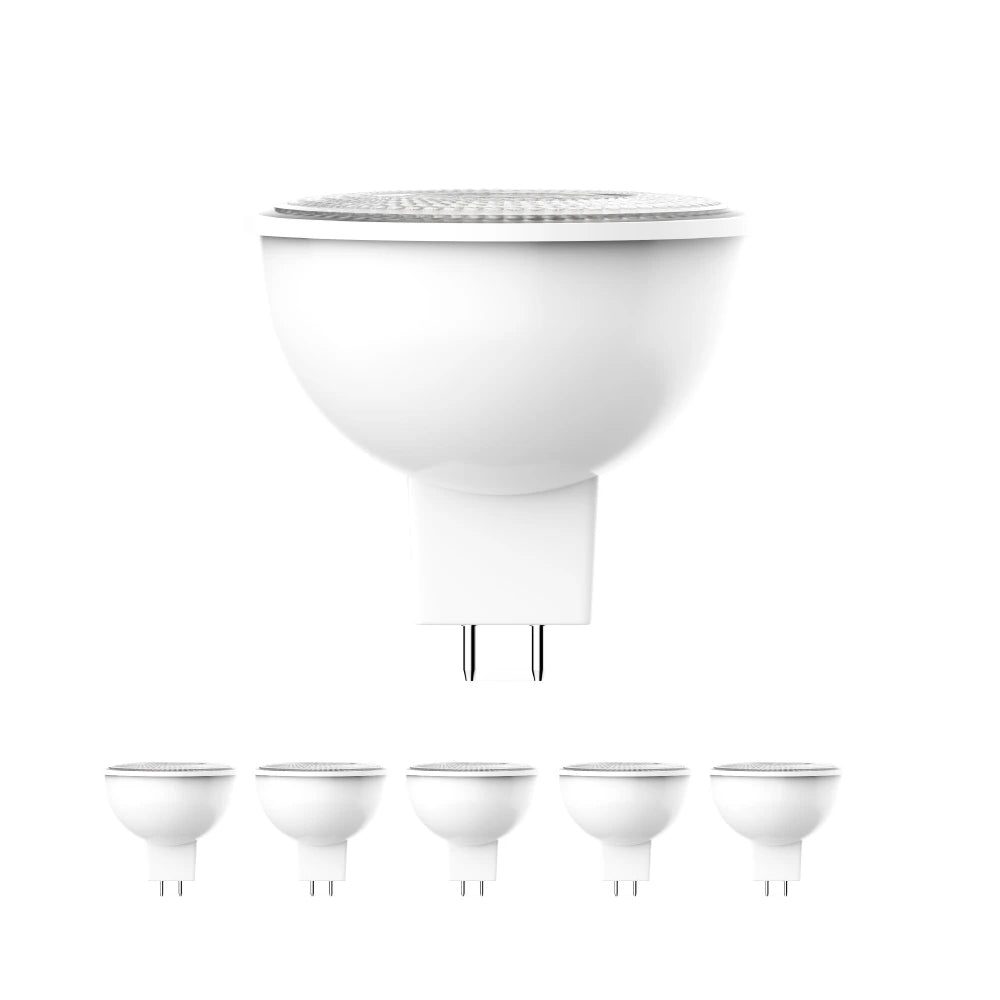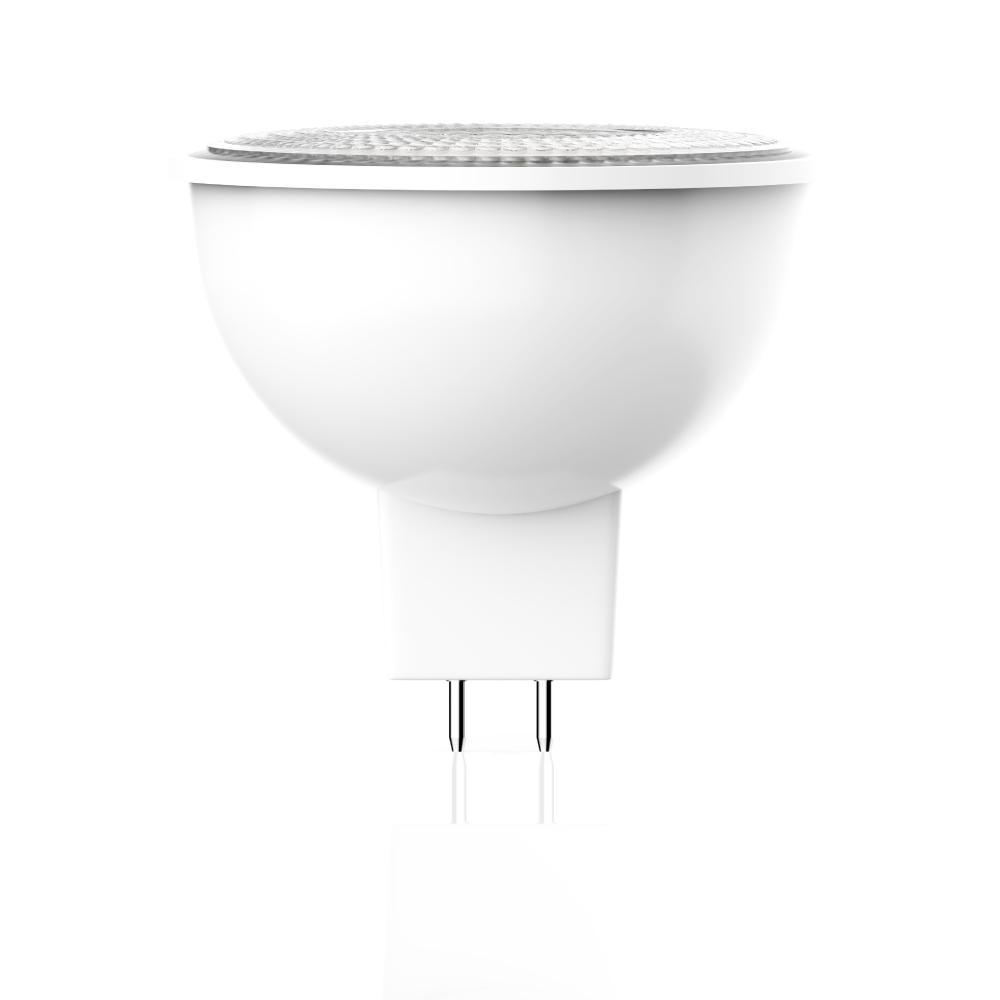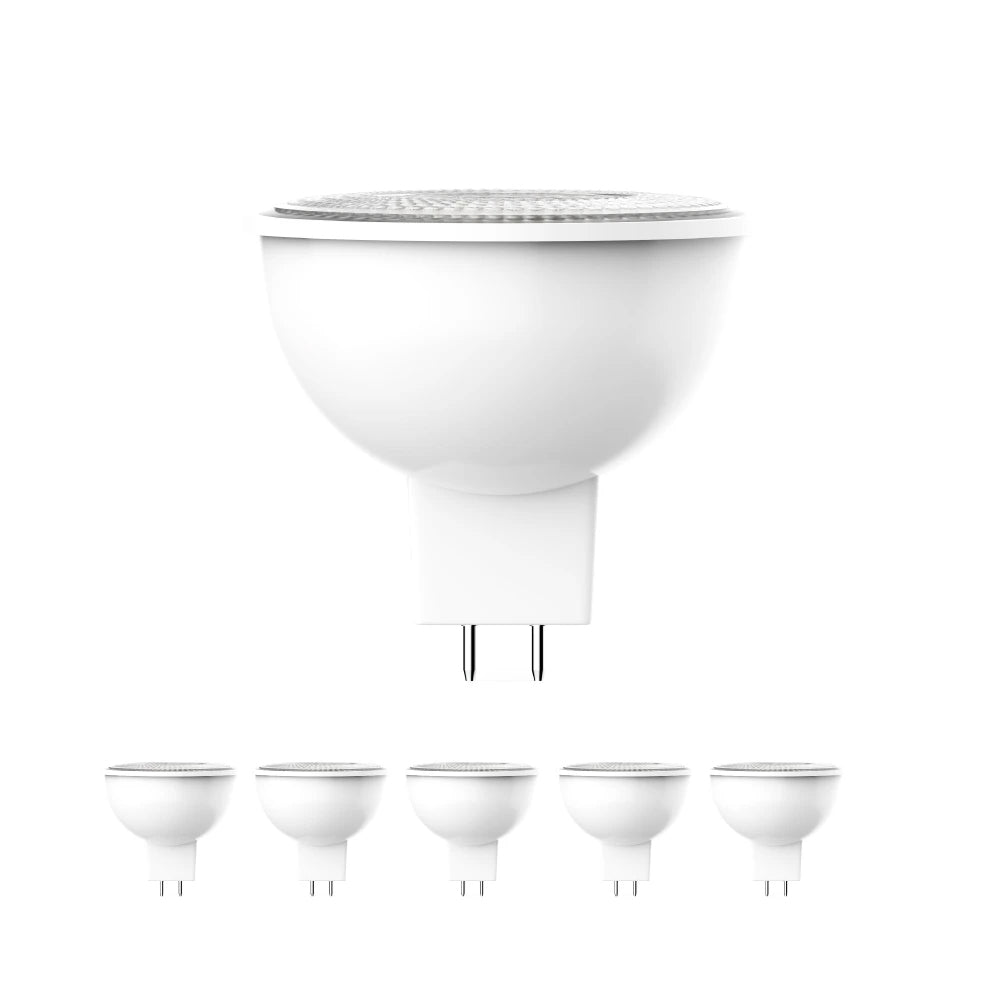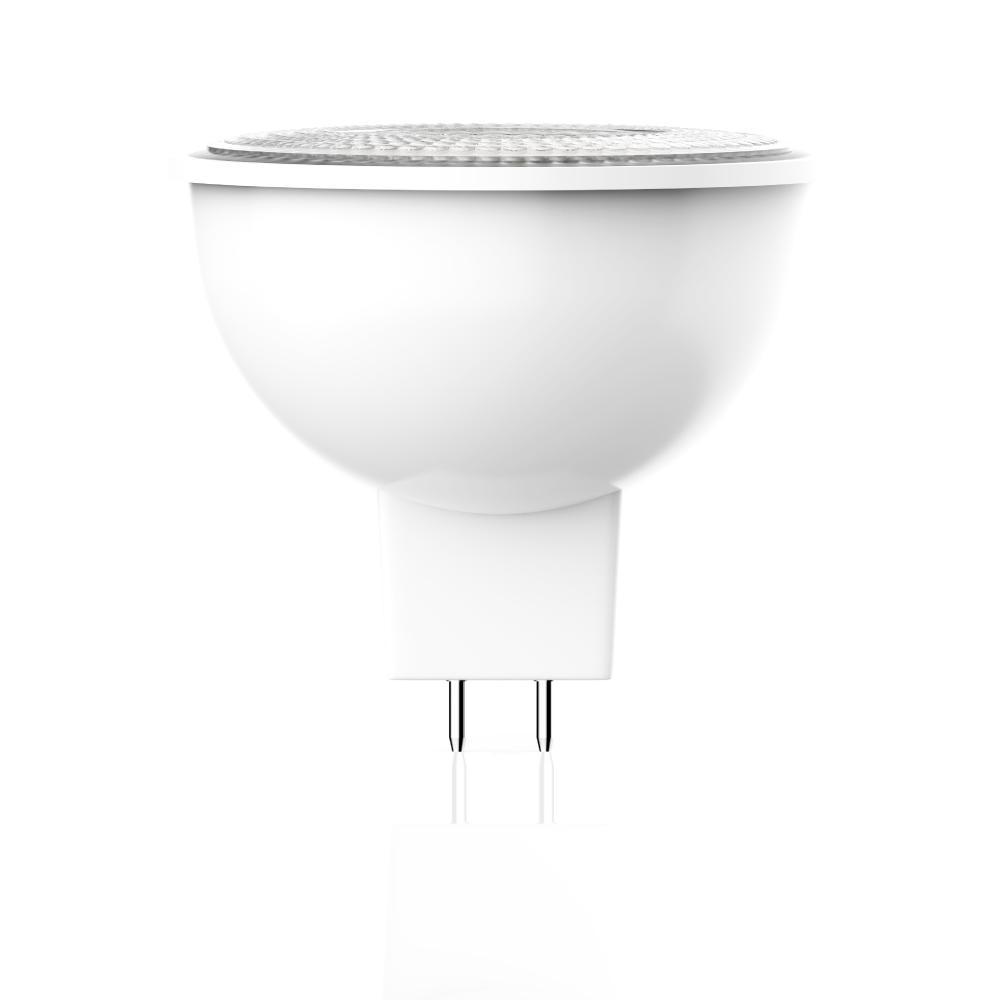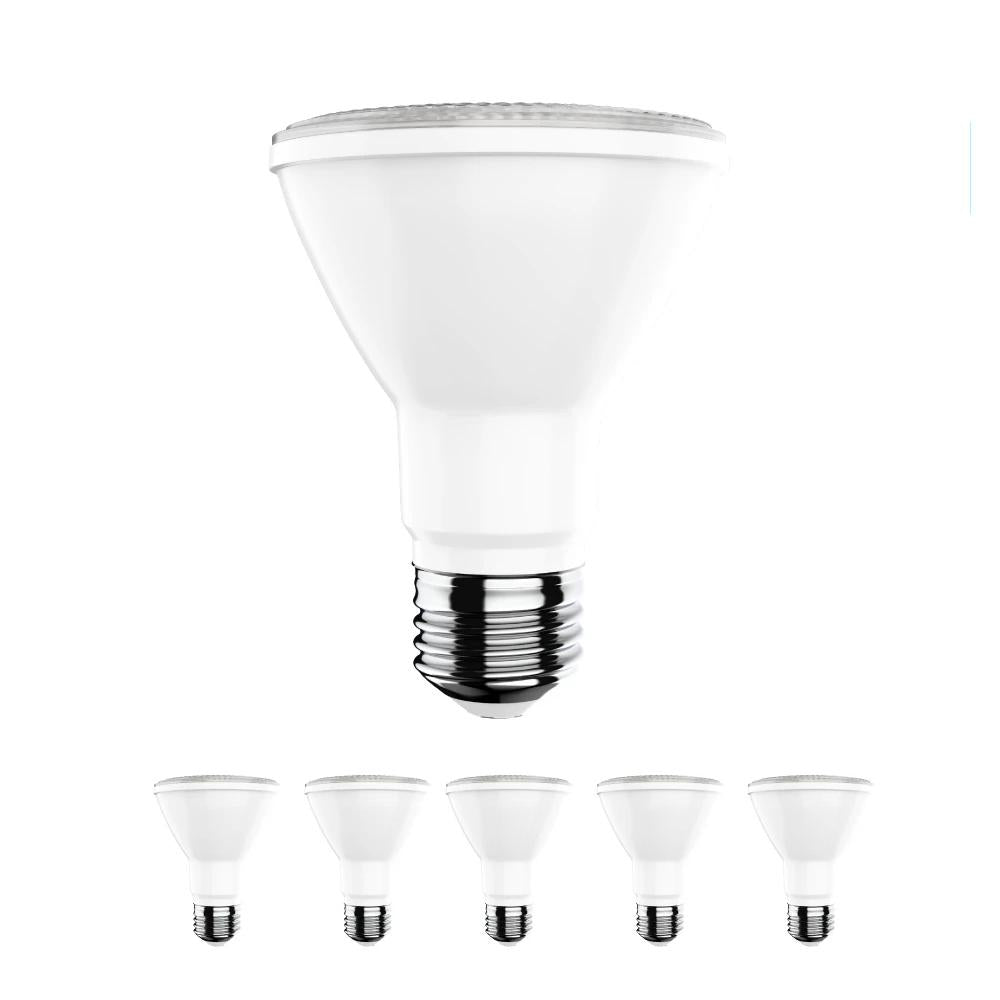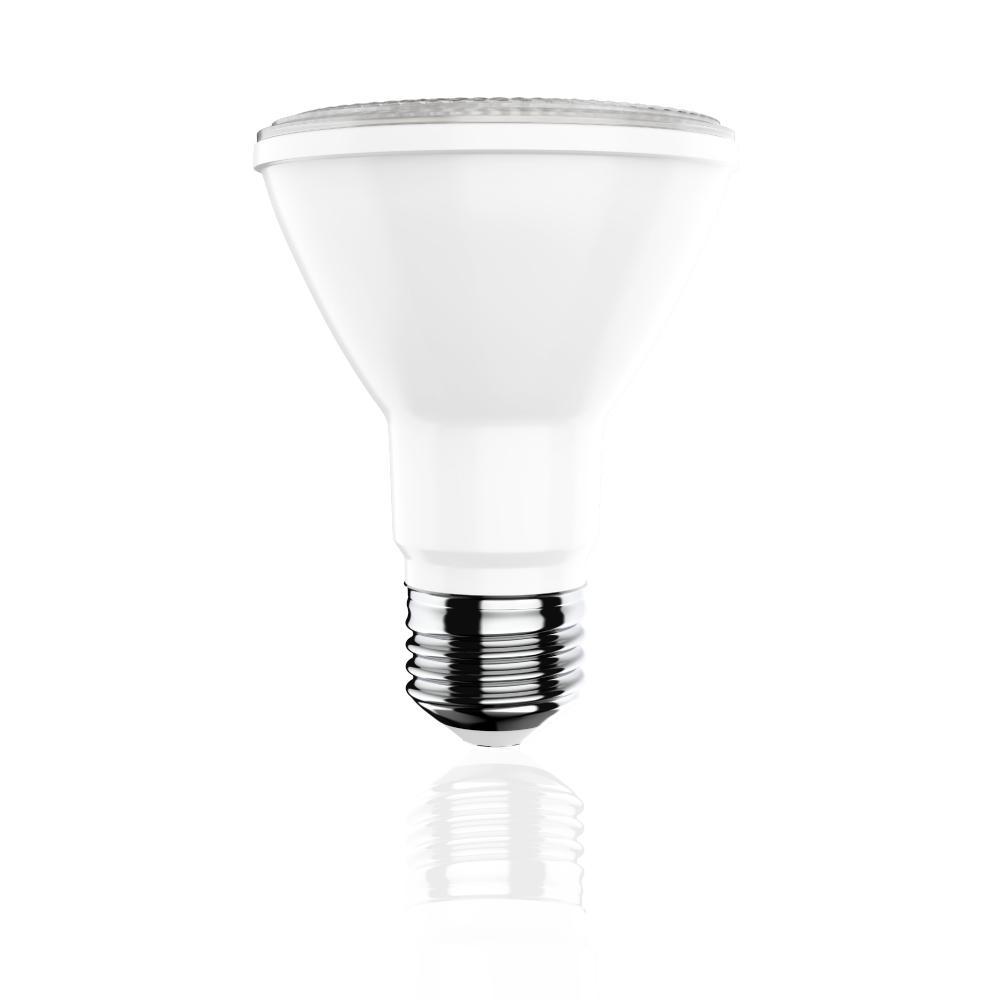Filter and sort
Led Light Bulbs for Indoor and Outdoor Lighting
-
FREE SHIPPING on orders over $99
- MPN: BL053
- Warranty: 3 Years
Brightness: 800 LumensWattage: 9.8 WattCCT: 3000 KelvinLife Hours: 15,000 HoursSold by the case of 8-PACK
$2.07 Ea.
$16.59 $33.18Save $16.59 (50%)FREE SHIPPING on orders over $99- MPN: BL051
- Warranty: 3 Years
Brightness: 800 LumensWattage: 9.8 WattCCT: 4000 KelvinLife Hours: 15,000 HoursSold by the case of 8-PACK
$2.07 Ea.
$16.59 $33.18Save $16.59 (50%)FREE SHIPPING on orders over $99- MPN: BL047
- Warranty: 3 Years
Brightness: 800 LumensWattage: 9.8 WattCCT: 6500 KelvinLife Hours: 15,000 HoursSold by the case of 8-PACK
$2.07 Ea.
$16.59 $33.18Save $16.59 (50%)FREE SHIPPING on orders over $99- MPN: BL044
- Warranty: 3 Years
Brightness: 800 LumensWattage: 9 WattsCCT: 4000 KelvinLife Hours: 15,000 HoursSold by the case of 8-PACK
$1.37 Ea.
$10.99 $29.98Save $18.99 (64%)FREE SHIPPING on orders over $99- MPN: BL042
- Warranty: 3 Years
Brightness: 800 LumensWattage: 9 WattsCCT: 5000 KelvinLife Hours: 15,000 HoursSold by the case of 8-PACK
$1.37 Ea.
$10.99 $21.98Save $10.99 (50%)FREE SHIPPING on orders over $99- MPN: BL040
- Warranty: 3 Years
Brightness: 525 LumensWattage: 7.5 WattsCCT: 3000 KelvinLife Hours: 15,000 HoursSold by the case of 6-Pack
$3.49 Ea.
$20.94 $41.88Save $20.94 (50%)FREE SHIPPING on orders over $99- MPN: BL038
- Warranty: 3 Years
Brightness: 525 LumensWattage: 7.5 WattsCCT: 5000 KelvinLife Hours: 15,000 HoursSold by the case of 6-Pack
$3.49 Ea.
$20.94 $41.88Save $20.94 (50%)FREE SHIPPING on orders over $99- MPN: BL035
- Warranty: 3 Years
Brightness: 650 LumensWattage: 9 WattsCCT: 3000 KelvinLife Hours: 15,000 HoursSold by the case of 6-Pack
$3.49 Ea.
$20.94 $33.98Save $13.04 (39%)FREE SHIPPING on orders over $99- MPN: BL033
- Warranty: 3 Years
Brightness: 650 LumensWattage: 9 WattsCCT: 5000 KelvinLife Hours: 15,000 HoursSold by the case of 6-Pack
$3.49 Ea.
$20.94 $33.98Save $13.04 (39%)FREE SHIPPING on orders over $99- MPN: BL032
- Warranty: 3 Years
Brightness: 1100 LumensWattage: 15.5 WattsCCT: 3000 KelvinLife Hours: 15,000 HoursSold by the case of 6-Pack
$6.49 Ea.
$38.94 $77.88Save $38.94 (50%)FREE SHIPPING on orders over $99- MPN: BL030
- Warranty: 3 Years
Brightness: 1100 LumensWattage: 15.5 WattsCCT: 5000 KelvinLife Hours: 15,000 HoursSold by the case of 6-Pack
$6.49 Ea.
$38.94 $77.88Save $38.94 (50%)FREE SHIPPING on orders over $99- MPN: BL028
- Warranty: 3 Years
Brightness: 500 LumensWattage: 6.5 WattsCCT: 3000 KelvinLife Hours: 15,000 HoursSold by the case of 6-Pack
$4.49 Ea.
$26.94 $53.88Save $26.94 (50%)FREE SHIPPING on orders over $99- MPN: BL026
- Warranty: 3 Years
Brightness: 500 LumensWattage: 6.5 WattsCCT: 5000 KelvinLife Hours: 15,000 HoursSold by the case of 6-Pack
$4.49 Ea.
$26.94 $53.88Save $26.94 (50%)MR16 LED Light Bulbs 6.5W 3000K 500 Lumens Dimmable 120V Damp Location Spotlight Light Bulb - 6-PackFREE SHIPPING on orders over $99- MPN: BL024
- Warranty: 3 Years
Brightness: 500 LumensWattage: 6.5 WattsCCT: 3000 KelvinLife Hours: 25,000 HoursSold by the case of 6-Pack
$5.49 Ea.
$32.94 $65.88Save $32.94 (50%)MR16 LED Light Bulbs 6.5W 5000K 500 Lumens Dimmable 120V Damp Location Spotlight Light Bulb - 6-PackFREE SHIPPING on orders over $99- MPN: BL022
- Warranty: 3 Years
Brightness: 500 LumensWattage: 6.5 WattsCCT: 5000 KelvinLife Hours: 25,000 HoursSold by the case of 6-Pack
$5.49 Ea.
$32.94 $65.88Save $32.94 (50%)FREE SHIPPING on orders over $99- MPN: BL020
- Warranty: 3 Years
Brightness: 525 LumensWattage: 8 WattsCCT: 3000 KelvinLife Hours: 15,000 HoursSold by the case of 6-Pack
$3.49 Ea.
$20.94 $41.88Save $20.94 (50%)About Led Light Bulbs for Indoor and Outdoor Lighting
Illuminate your life with energy-efficient and eco-friendly LED Light Bulbs. At our online store, we offer a wide range of LED indoor and outdoor lighting solutions to brighten up your space while saving you money on your energy bills. With superior durability and an extensive selection, you're sure to find the perfect LED bulbs for your home, office, or commercial space.
How To Choose The Right Dimmable LED Light Bulb?
Based on the type of base, and the design, there are various kinds of LED Light Bulbs available. Therefore it is easy for anyone to get confused while picking the right bulb for their needs. Coming in all shapes and sizes there are a lot of energy-saving light bulbs to choose from. This is why it is important to pay attention to the base, type, features and wattage of these dimmable light bulbs before buying. Here is a comprehensive buying guide to help you navigate the vast ocean of dimmable LED light Bulbs.
A Style LED Bulbs
Normal standard LED bulbs, A type led bulbs find their applications in normal household usage and come in two different base types; A-19 and A-21.
Both the bulbs have E26 base which directly fits in a holder.
The primary difference between the A19 and A21 bulbs is of wattages and CCT.
Application areas: Household use, study room, living rooms, kitchens etcBR LED Bulbs
BR or Bulged reflector bulbs are different in shape than A type bulbs. BR bulbs have an E 26 base for easy installation.These bulbs come in three different wattage.
- BR 20: This is a 7.5 watt bulb which replaces 50 watt conventional bulb.
- BR 30: This is a 9 watt bulb replacing 40 watt conventional bulb
- BR 40: This LED bulb is of 15.5 watt and replaces an 85 watt conventional bulb.
Application areas: These bulbs are mainly used in showrooms, retail stores, track lights and the likes of such.
PAR LED Bulbs
PAR (Parabolic Aluminized Reflector) bulbs are a type of designer LED bulbs which are dear to interior designers and home decor enthusiasts. This type of bulb has a GU10 base which has a double pin. These types of bulbs come in three different wattages.
- PAR 20: This bulbs comes in 8 watt and replaces 50 watt conventional bulb.
- PAR 30: This is a 12 watt bulbs which replaces 75 watt conventional bulb.
- PAR 38: This bulb has a capacity of 16.5 watt and replaces 100 watt conventional type.
Application areas: The primary application of this bulb is in showrooms, malls, retail stores etc.
The GU10 base which is a common base type for LED Light bulbs has two pins that connect with the power supply. These multifaceted bulbs which were originally designed as halogen lamps were used in slide projectors.
GU LED Bulbs
The popular shape of these bulbs has helped it become common in landscape lighting, recessed lighting and track lighting. The LED version of these bulbs are highly eco-friendly and energy-efficient.
Types of GU10 Bulbs
GU LED bulbs come in various different styles and features
- These bulbs come in two different color temperatures of 3000 and 5000 Kelvin.
- These bulbs come in different wattages so you can choose which one you want.
Features Of GU LED Bulbs
Rebate eligible: These LED bulbs are eligible for rebates which will save you money
Dimmable: The luminosity of these bulbs can be adjusted using a compatible dimmerMR LED Bulb
MR or multifaceted reflector bulb is a 6.5 watt LED bulb which replaces 30 watt conventional bulb. The base of this bulb is two pin, known as GU 5.3.
Application areas: This bulb is primarily used for decorative purposes and is often found in entrances, lobbies, reception area, hotel areas etc.PL LED Bulbs
PL or Plugin Lamps are long bulbs which are ideal for location which needs extra lighting. Bright and powerful, these bulbs come in two different types. One being with a GX24Q, 4 pin base replacing 32 watt conventional bulb. The other type of Plugin bulb is a GX23 base one with 2 pins and is 9 watts.

Application areas: The main uses of these bulbs are in homes, convenience stores, shops , hotels , motels.
What Are The Advantages Of Using LED Bulbs?
-
Efficiency: LEDs offer energy efficiency like no other technology has ever. LEDs convert 95% of the electricity into light and only 5% of it is converted into heat. This results in massive savings of up to 75% on utility bills. This efficiency also means that a lower-watt LED bulb can replace a much higher-watt fluorescent bulb.
- High CRI: The color rendering index is the measure of how accurate the colors are, as compared to daylight. A low CRI light would render colors that are not accurate and far from what they would look like in daylight. CRI ranges from 0 to 100 where 0 means every color is the same and 100 means exact color. Fluorescent tubes which have a high CRI are energy guzzlers which makes them not such a common choice.
- Long-lasting: LED bulbs, because they have no moving parts, no excessive heat and no fragile components, enjoy a long life. LEDs go through an exhaustive testing period and after that testing period come out with a lifespan of 15,000 hours.
- CCT: CCT or ‘correlated color temperature’ as the name suggests is the temperature of the light emitted by the light source. The CCT is measured in Kelvin. LED offer a wide range of color temperatures:-
- A color temperature less than 2000 Kelvin is a dim glow of light similar to candlelight and this CCT is used where ambient light is preferred.
- 2000-3000 Kelvin is the range in which a soft white light appears often yellowish in color. This CCT is often used for lighting the living room, dining room, bedrooms, etc.
- 3100-4500 Kelvin gives a bright white light which finds its uses in kitchens, offices, workspaces where task lighting is needed.
- 4600-6500 Kelvin is similar to daylight and is best for display area and places where very bright illumination is required.
- Lighting with a CCT of more than 6500 Kelvin is a bright bluish hue of light and is best for places where very bright illumination is needed.
Now that we have a fair understanding of What LEDs are and what are their advantages over conventional lights, we will now take you through the various kinds of bulbs available.
Things To Consider While Purchasing LED Light Bulbs
With more options come more choices, more choices can create more confusion. To handle that, here are so pro tips for you to make the right LED bulb decision.
- Wattage equivalency: Find out how of how many watts your existing fixture is, based on that decide which bulb will give the same amount of luminosity. Since LED bulbs are very efficient, a lower watt bulb will give you the same amount of light as would a higher watt CFL of incandescent bulb.
- Color temperature: Bulbs that give out soft white light are suitable for cozy spaces such as the living rooms and bedrooms since they provide a warm cozy ambiance. Bright white LED bulbs are best suited for Kitchens, bathrooms and garages since they give out a refreshing and cool light. Daylight white LED bulbs are best installed in study rooms, work rooms where energizing white light suits the purpose.
Californians can rejoice as we have special discounts on our LED bulbs and we support the government of California in their quest for energy efficiency.
We have tried to cover as much as possible in the section, if you still feel lost in the vast world of LED bulbs feel free to contact us at 815-697-5223 or info@ledmyplace.com
QUESTIONS & ANSWERS
Q: What are LED light bulbs?
A: LED light bulbs are energy-efficient lighting devices that use light-emitting diodes (LEDs) as their light source. They are designed to replace traditional incandescent or compact fluorescent bulbs and offer a longer lifespan, lower energy consumption, and a variety of lighting options.Q: Are LED light bulbs available in different shapes and sizes?
A: Yes, LED light bulbs are available in various shapes and sizes to fit different lighting fixtures. Common shapes include A19 (traditional bulb shape), BR30 (reflectors), MR16 (spotlights), and more. It is important to choose the correct shape and base type to ensure compatibility with the desired lighting fixture.Q: Can LED light bulbs be used with existing fixtures?
A: Yes, LED light bulbs are designed to be compatible with most existing lighting fixtures. They typically use standard screw-in bases such as E26 (Edison) or E12 (candelabra) for easy installation. However, it is recommended to check the specifications of the LED bulb and the fixture to ensure compatibility.Q: Do LED light bulbs produce different colors of light?
A: Yes, LED light bulbs are available in a range of color options. The color temperature of LED bulbs is measured in Kelvin (K), with lower values representing warm white/yellowish light and higher values representing cool white/bluish-white light. Additionally, some LED bulbs offer color-changing options or the ability to tune the color temperature to suit different settings or preferences.Q: Are LED light bulbs dimmable?
A: Many LED light bulbs are dimmable, but not all of them. It is important to check the packaging or product specifications to ensure that the LED bulb is labeled as dimmable. Additionally, compatible dimmer switches or systems may be required for proper dimming functionality.Q: How do LED light bulbs compare to traditional incandescent bulbs?
A: LED light bulbs have several advantages over traditional incandescent bulbs, including:
- Energy efficiency: LED bulbs consume significantly less energy, resulting in lower electricity costs.
- Lifespan: LED bulbs have a much longer lifespan, reducing the frequency of replacements.
- Heat generation: LED bulbs generate significantly less heat than incandescent bulbs, making them safer to handle.
- Durability: LED bulbs are more durable and resistant to shocks and vibrations.
- Environmental impact: LED technology is more environmentally friendly, as it does not contain hazardous substances like mercury.
Q: Can LED light bulbs be used outdoors?
A: Yes, there are LED light bulbs specifically designed for outdoor use. These bulbs are built to withstand various weather conditions and are often labeled as "outdoor" or "weatherproof." It is important to check the packaging or product specifications to ensure the bulb's suitability for outdoor applications.Q: How many watts is LED?
A: The wattage of an LED varies based on its design and purpose. There's no fixed wattage for all LEDs. For example, household LED bulbs can range from about 5 watts to 15 watts (or more), but they can replace incandescent bulbs of much higher wattages due to their efficiency. Always check the specifications of the particular LED product in question.- Choosing a selection results in a full page refresh.














































































